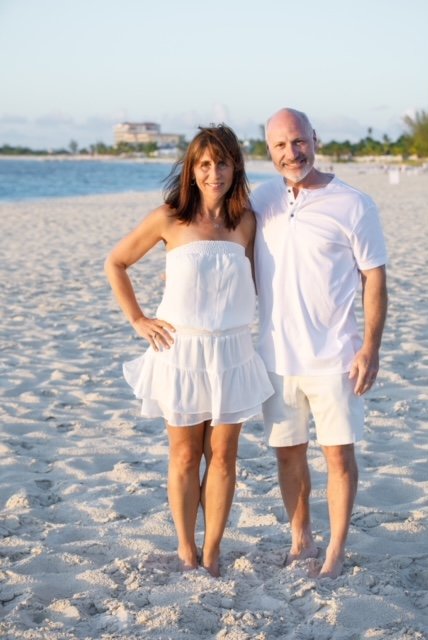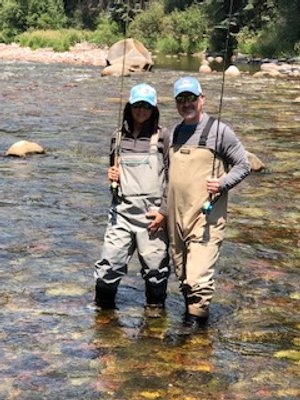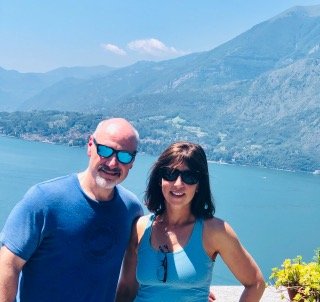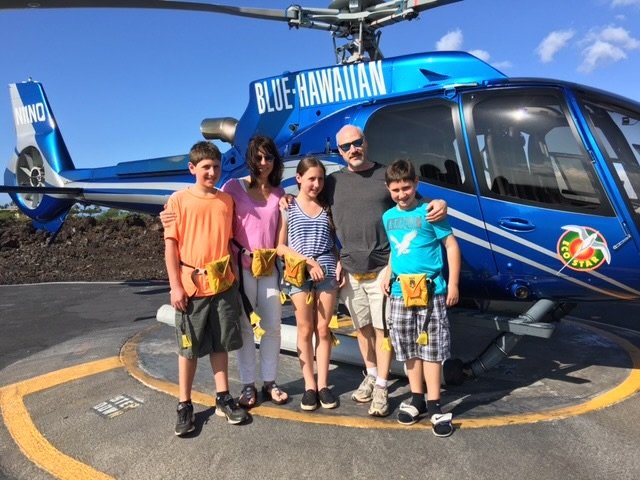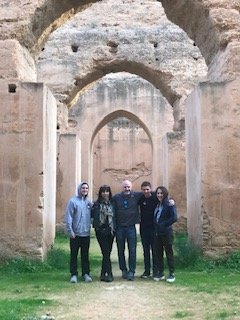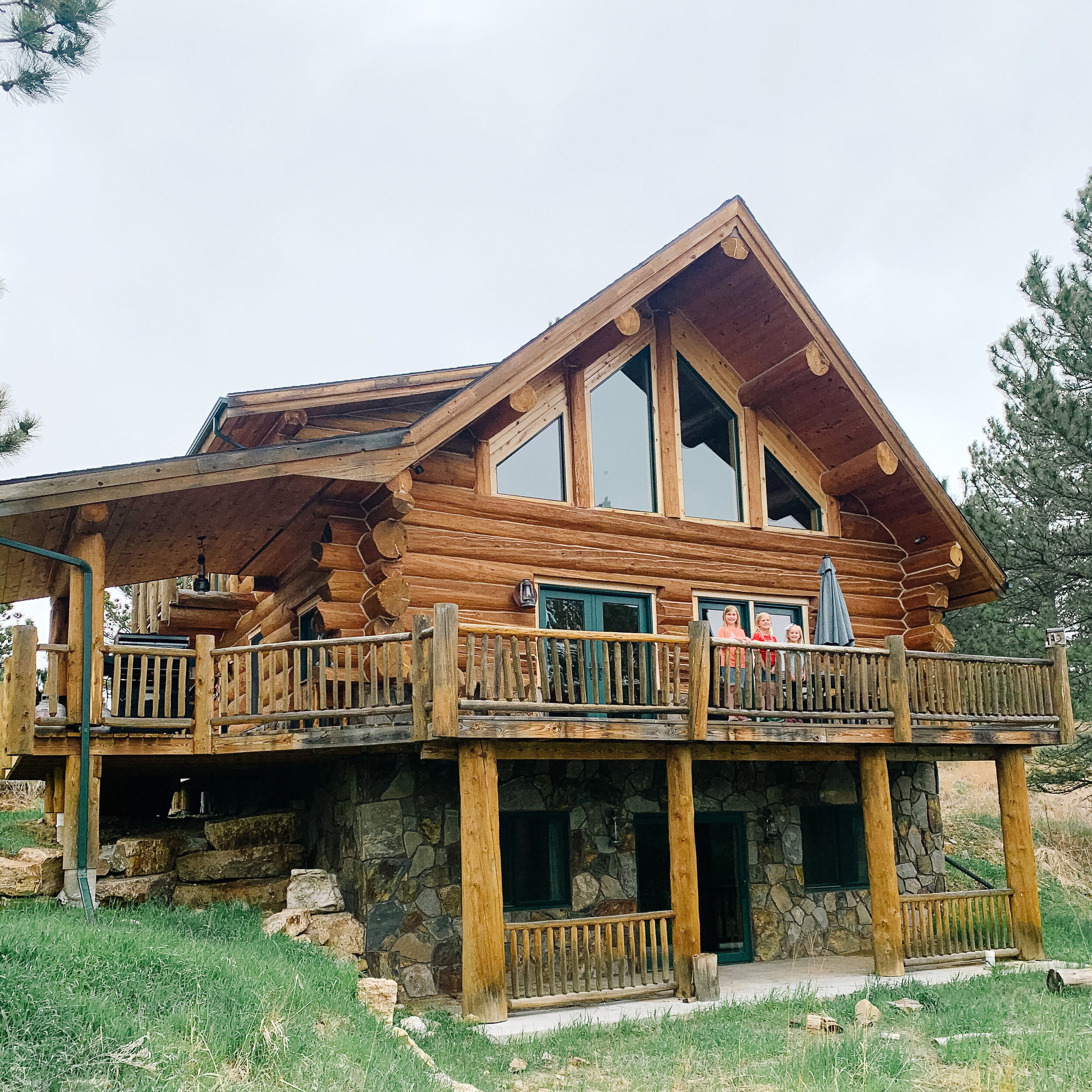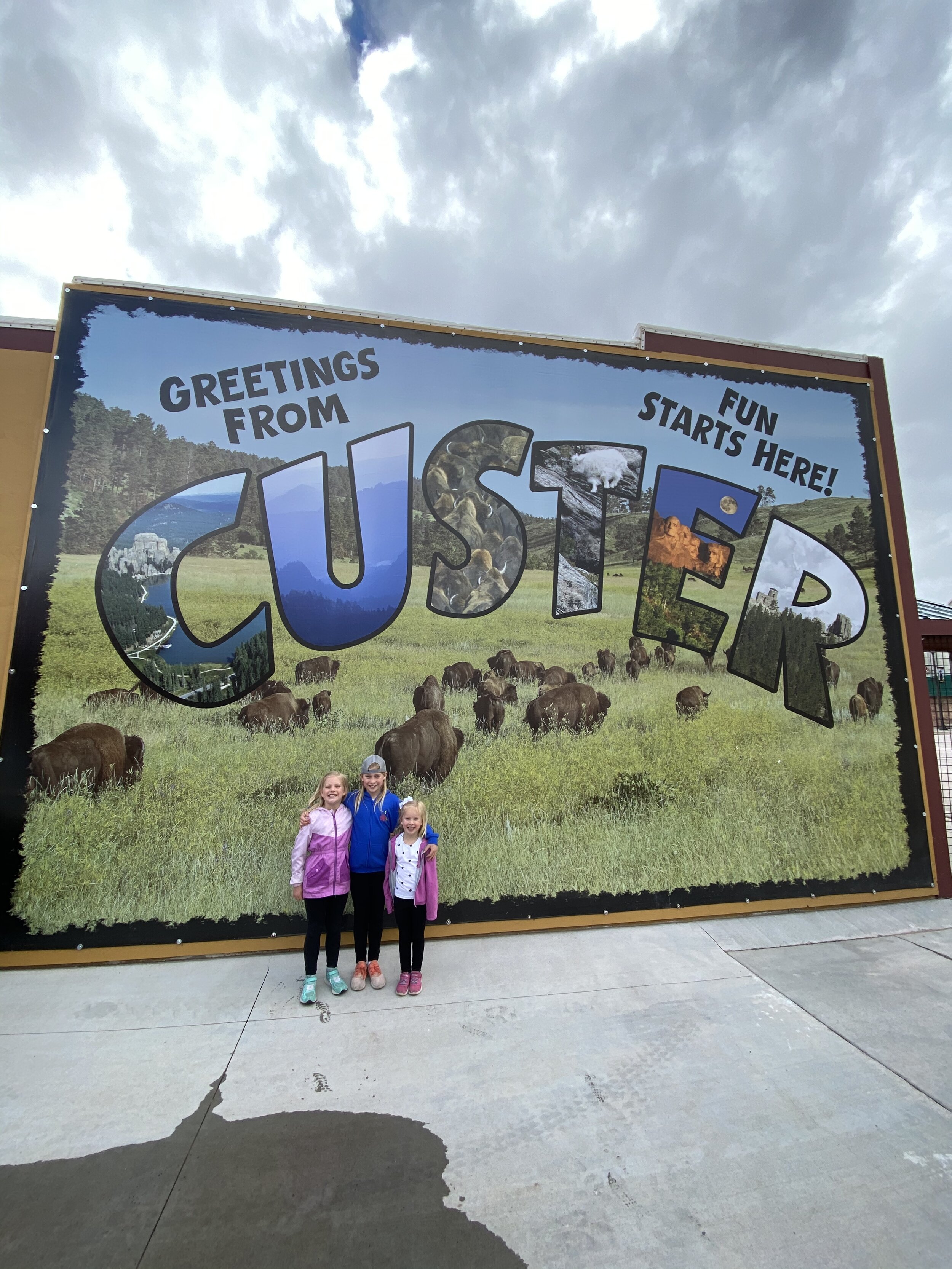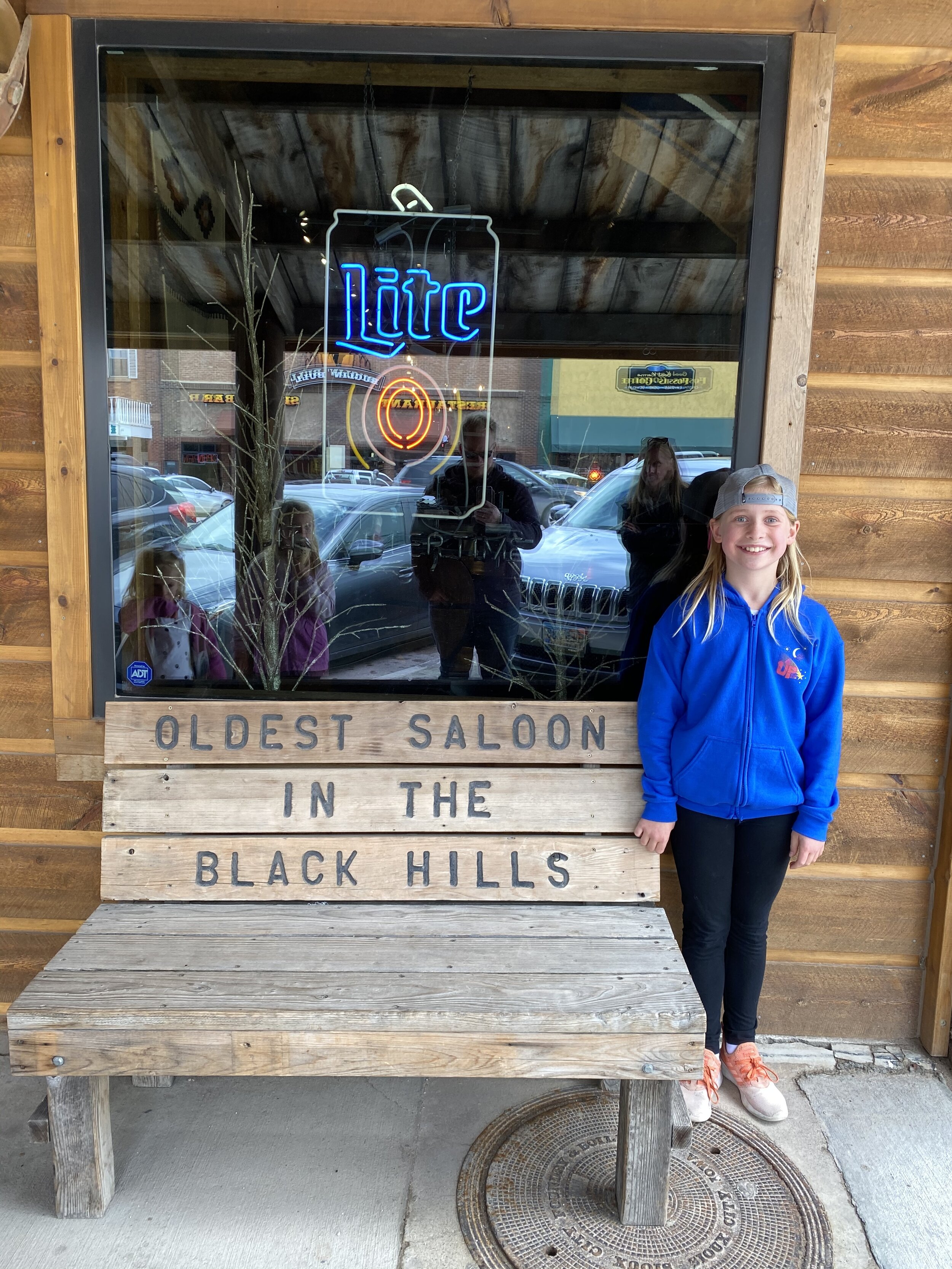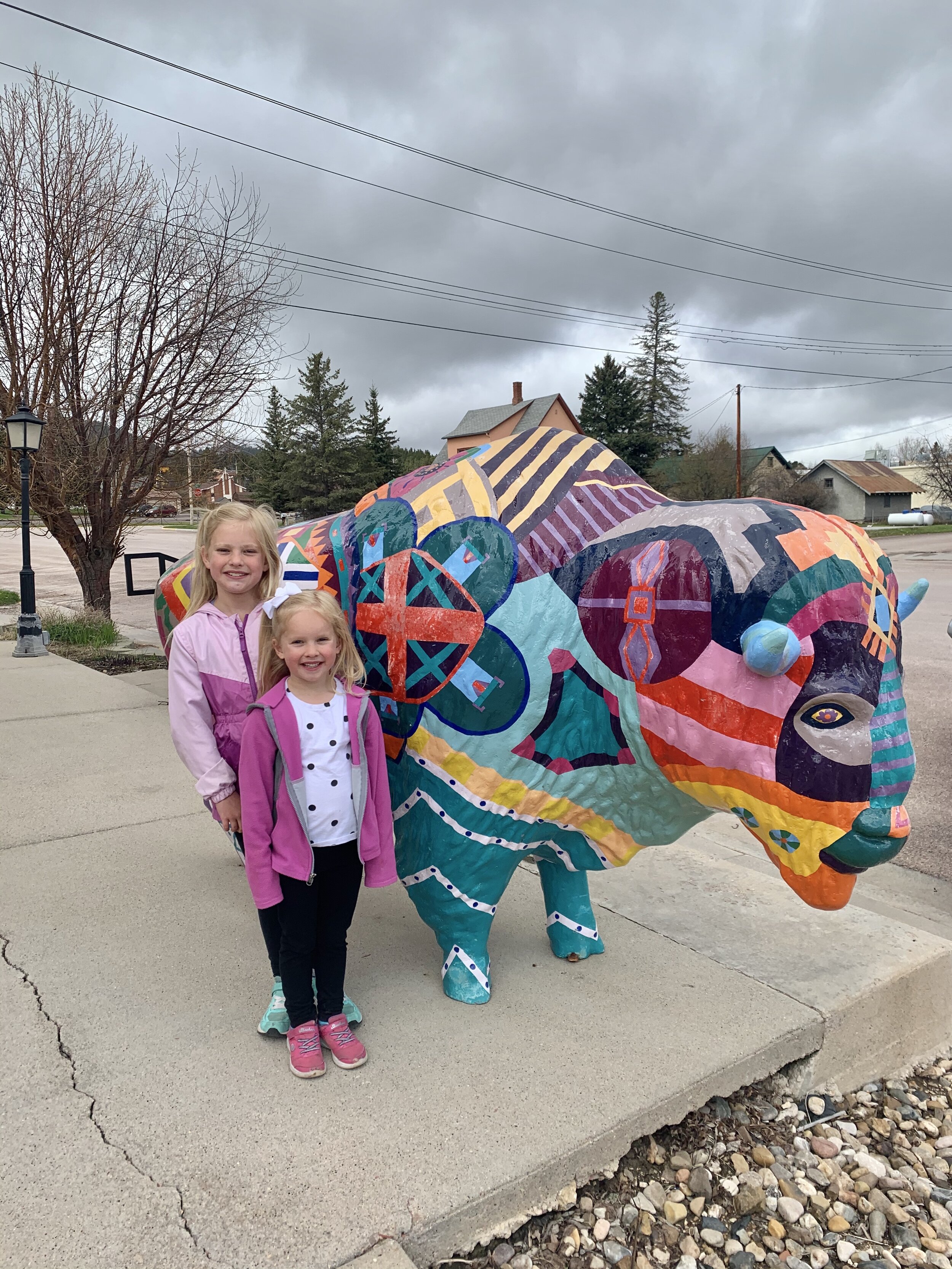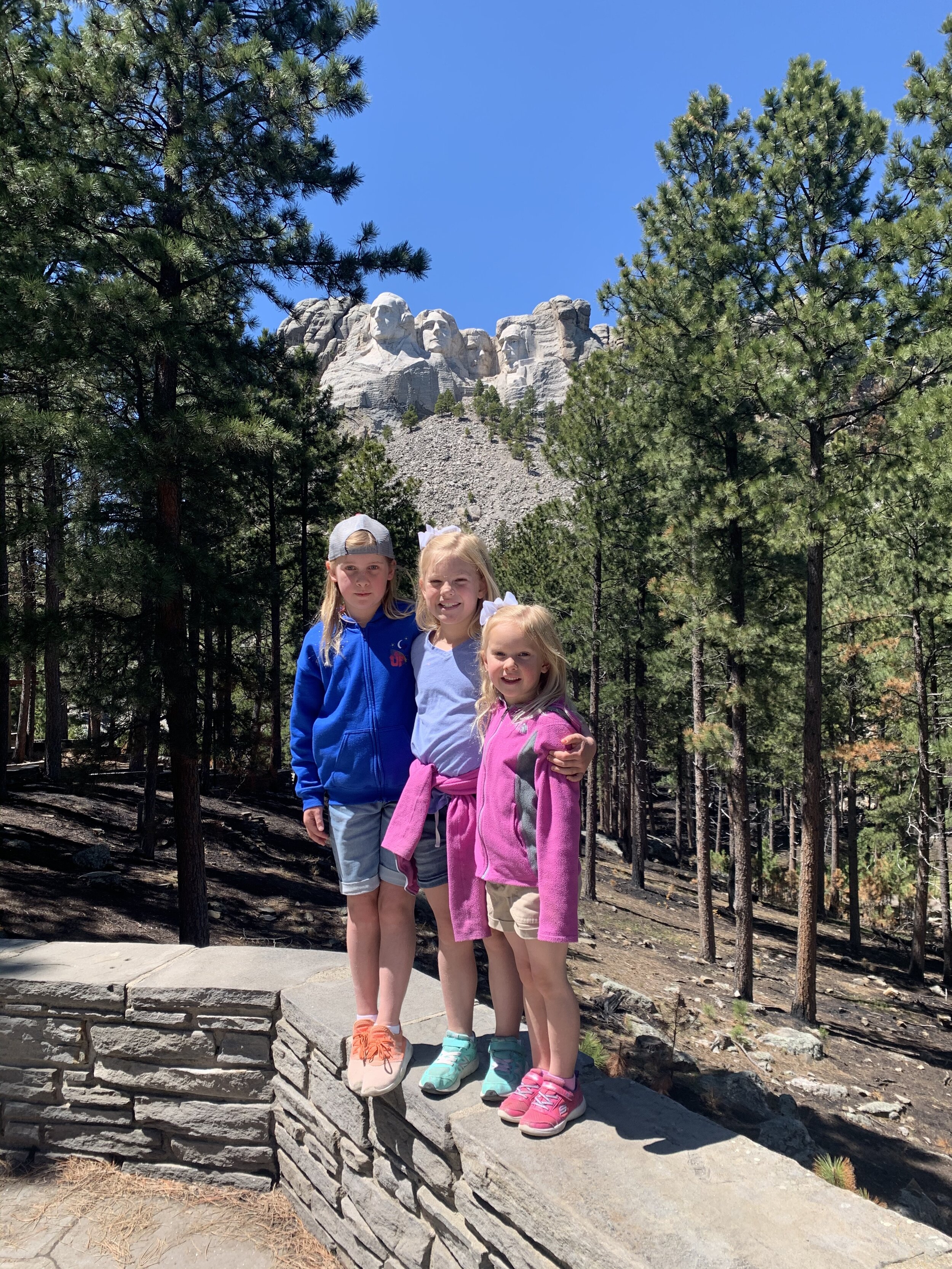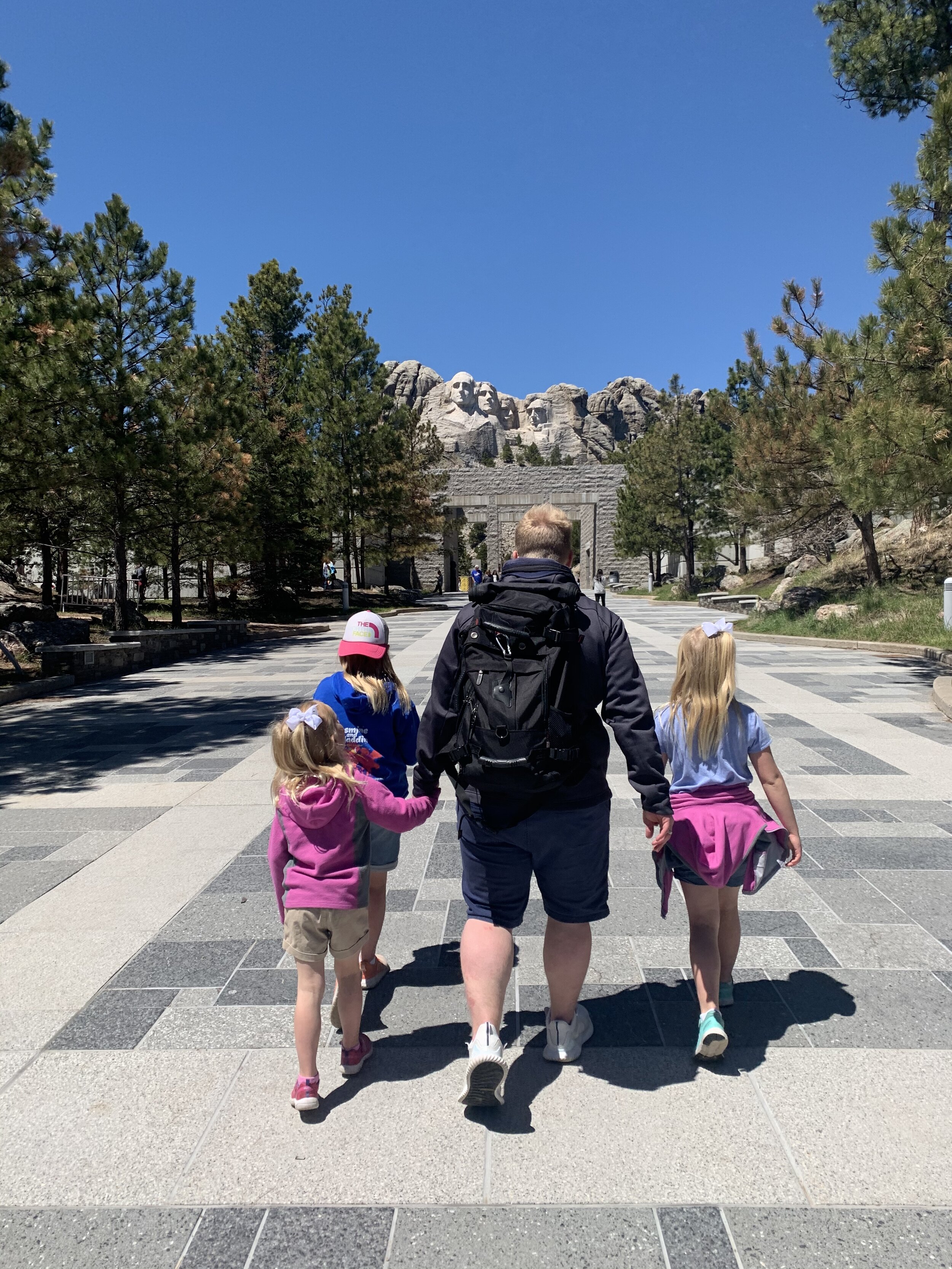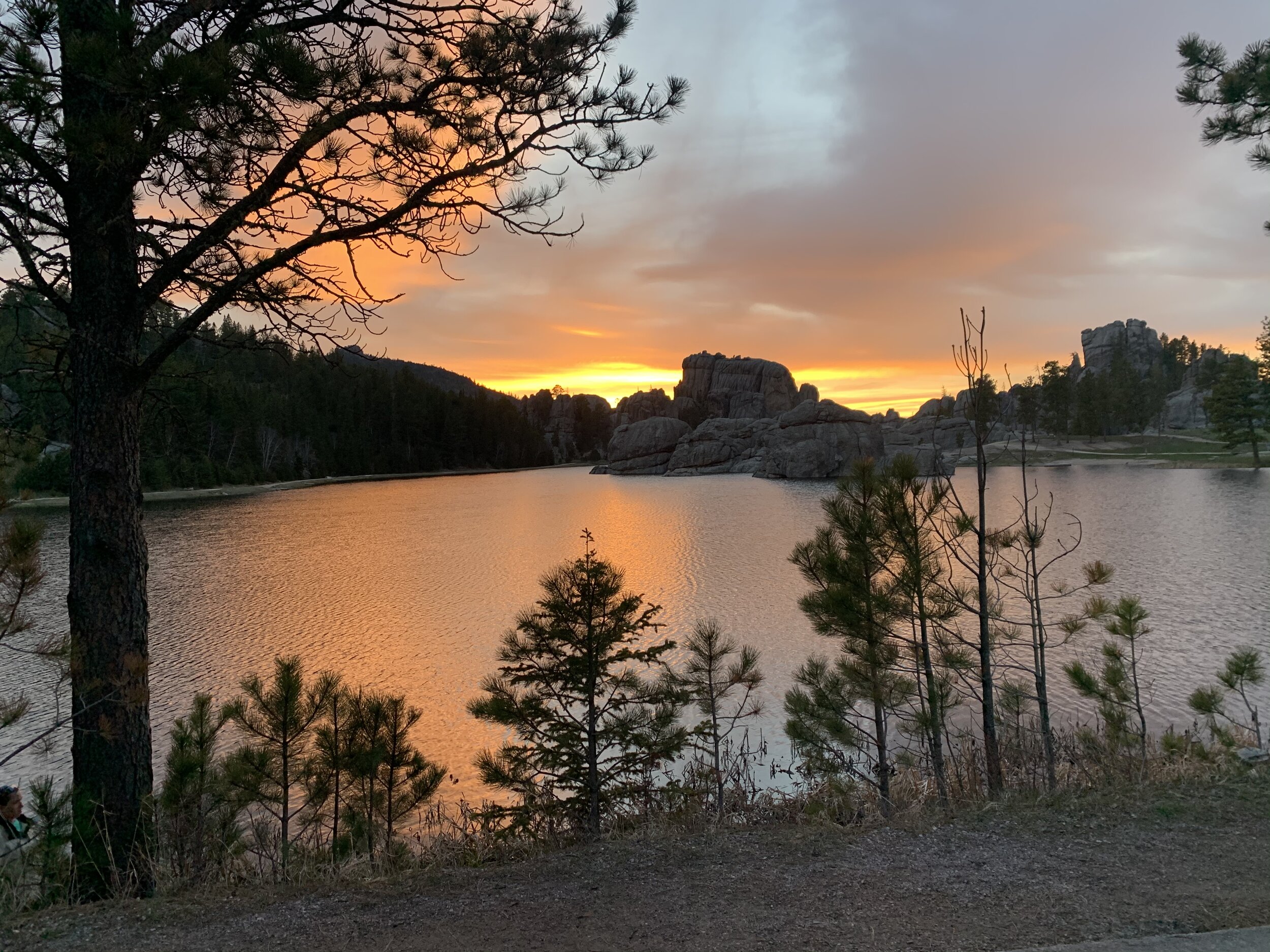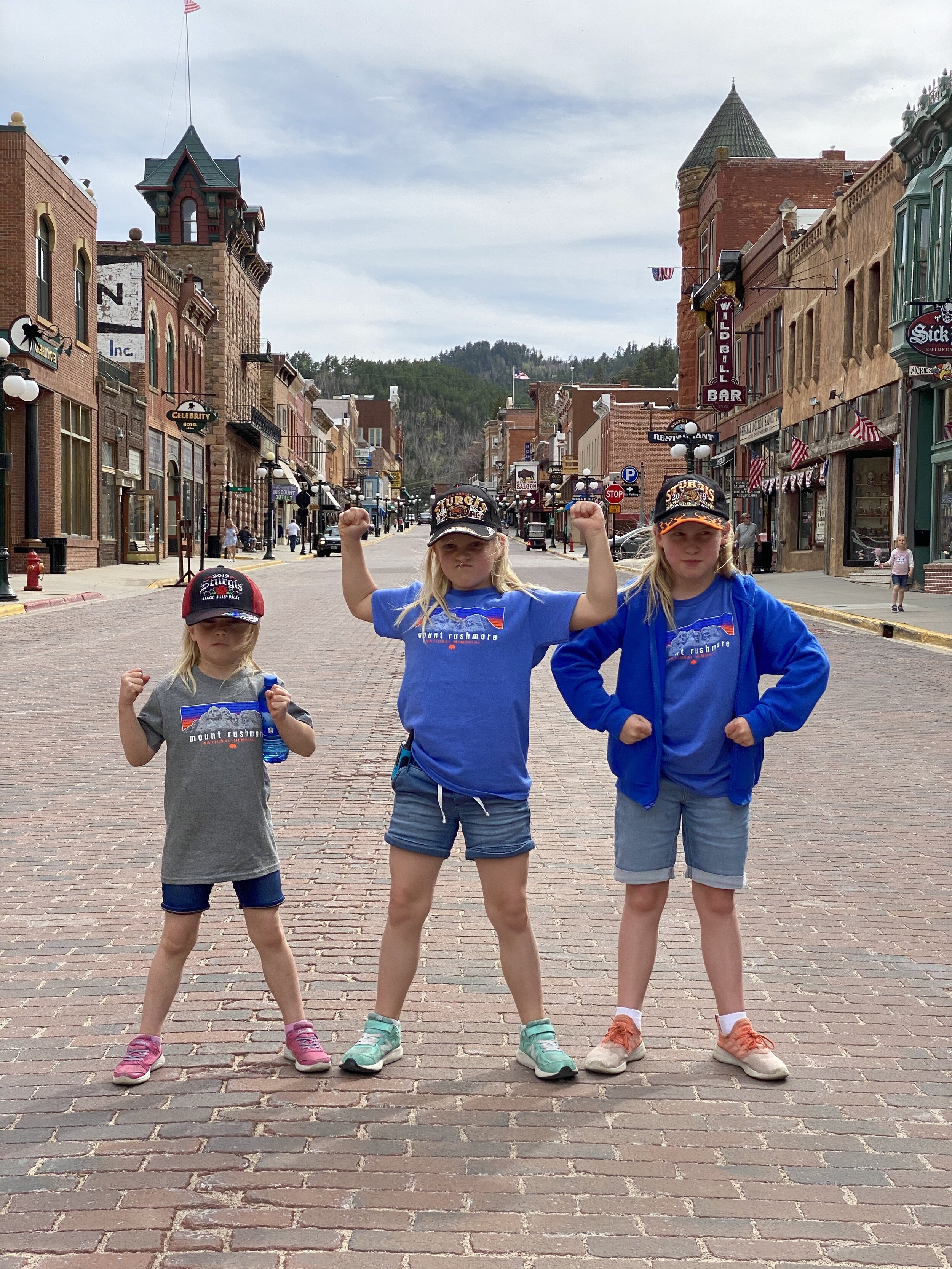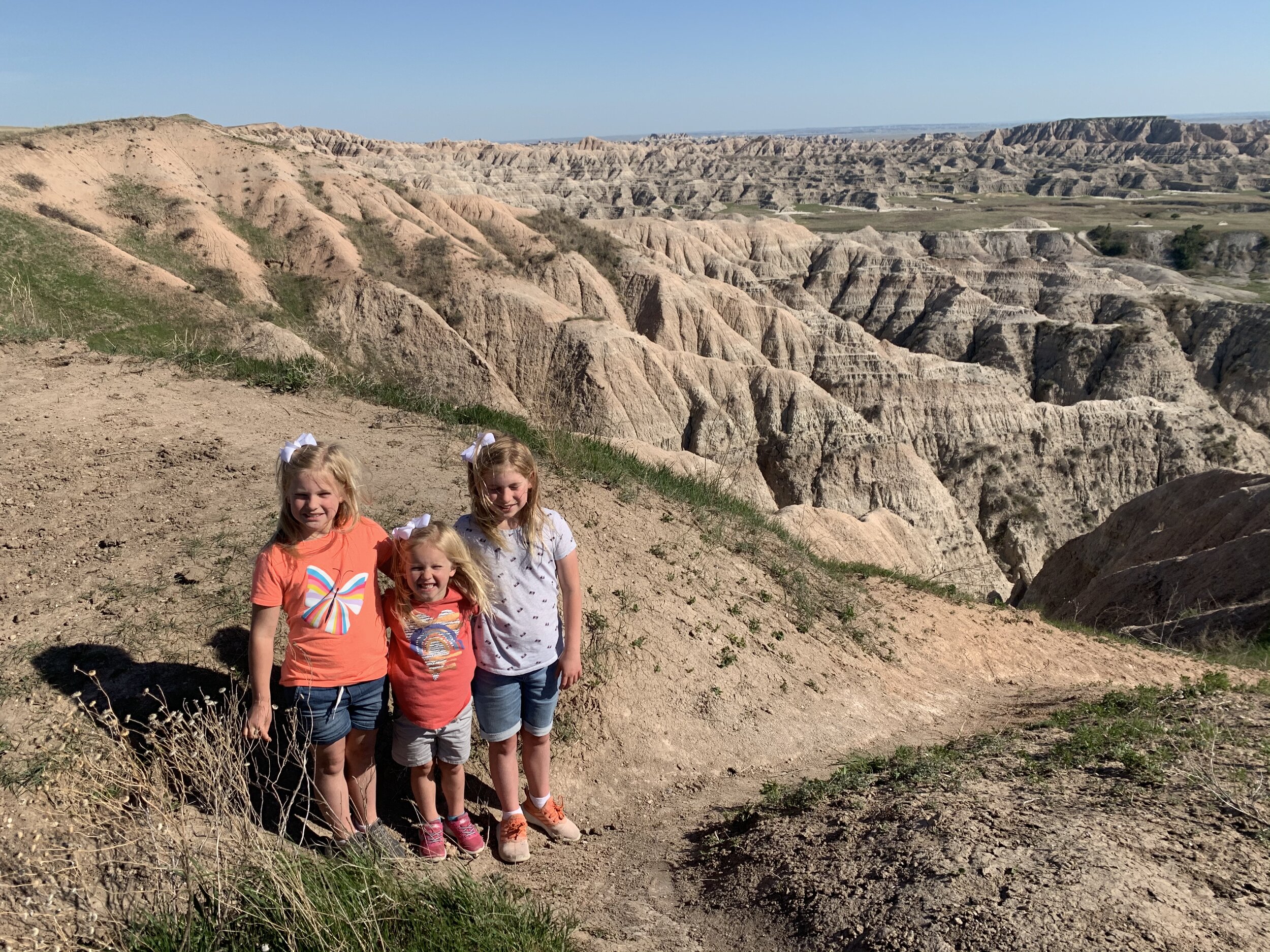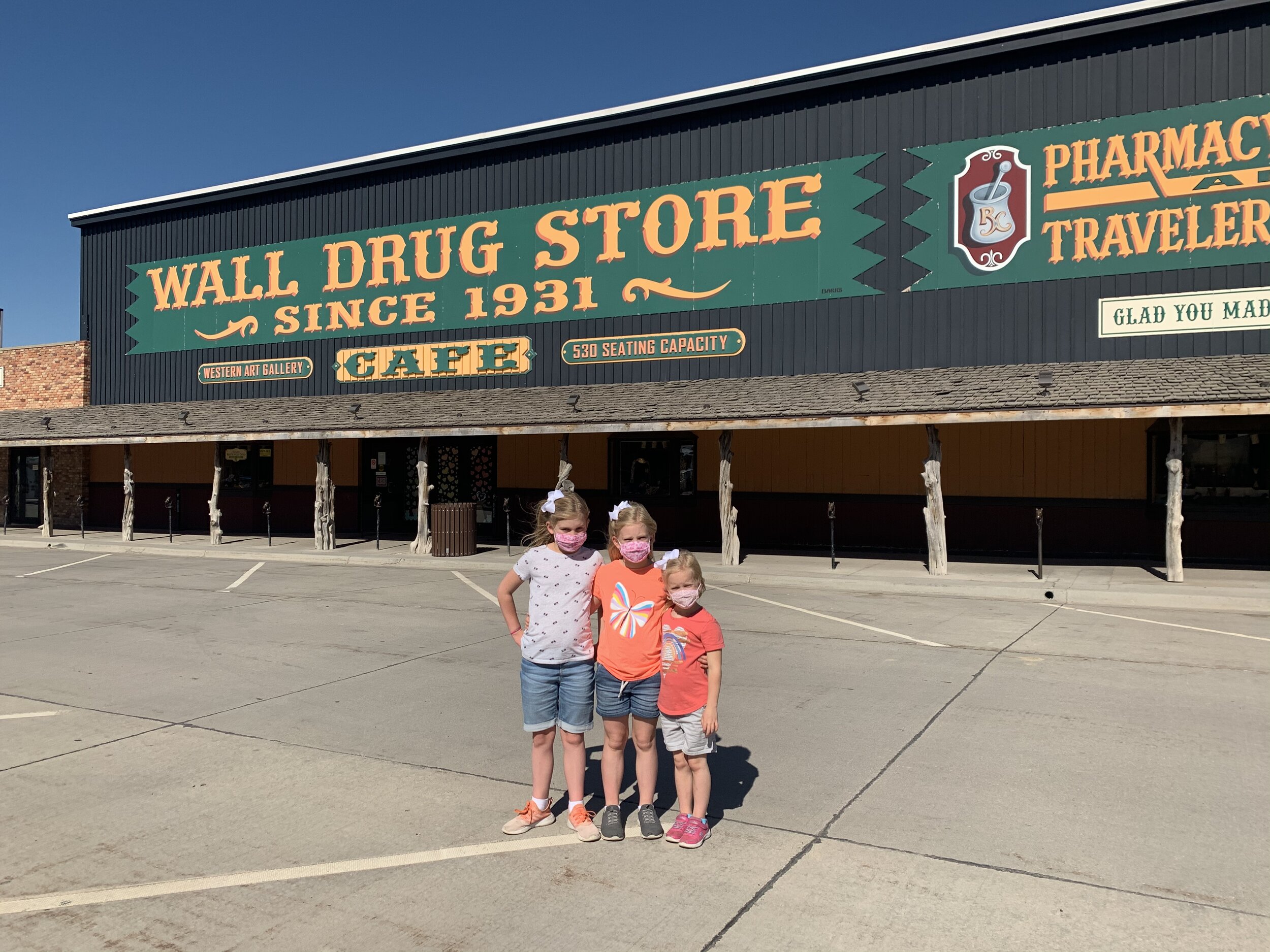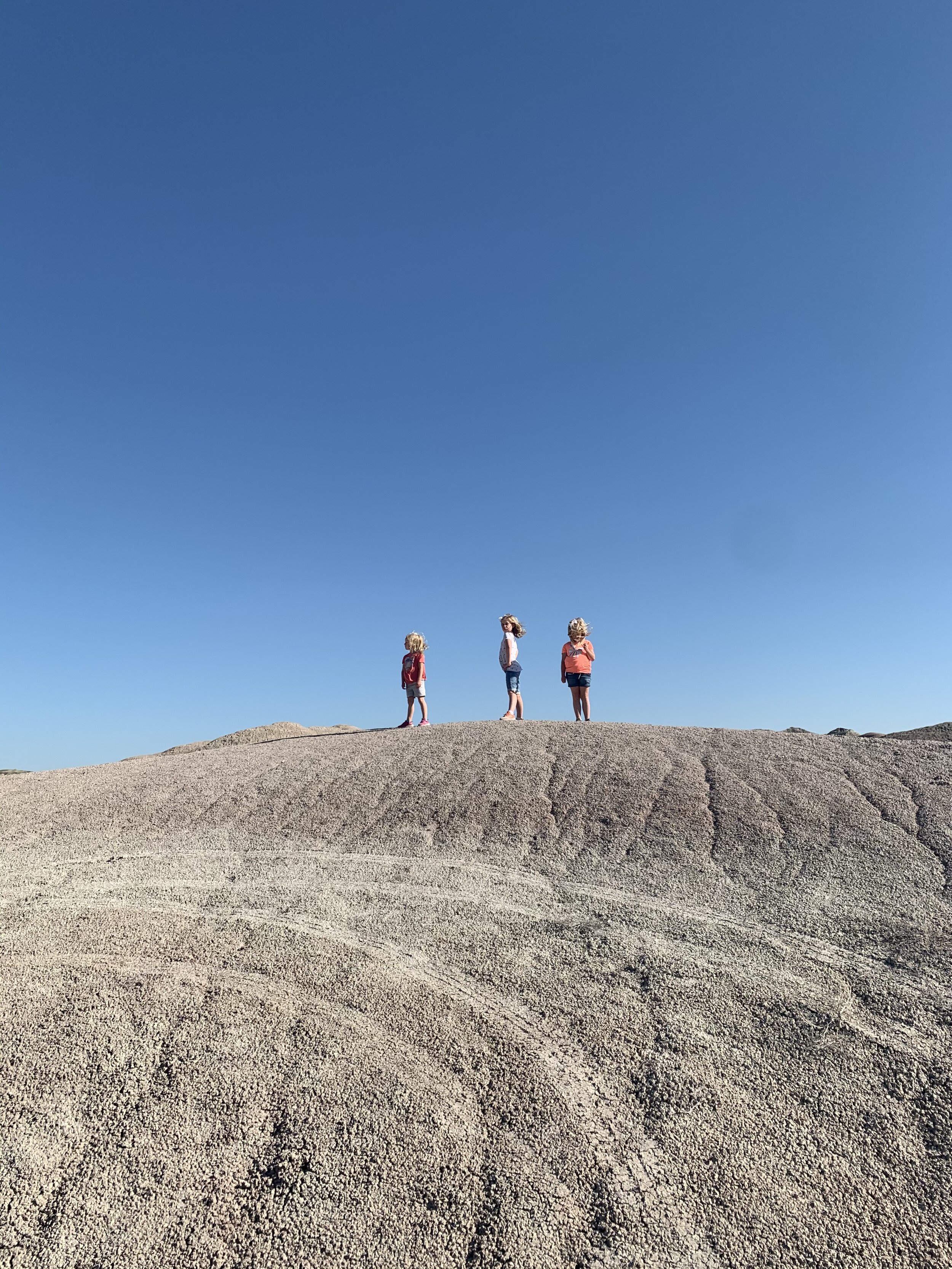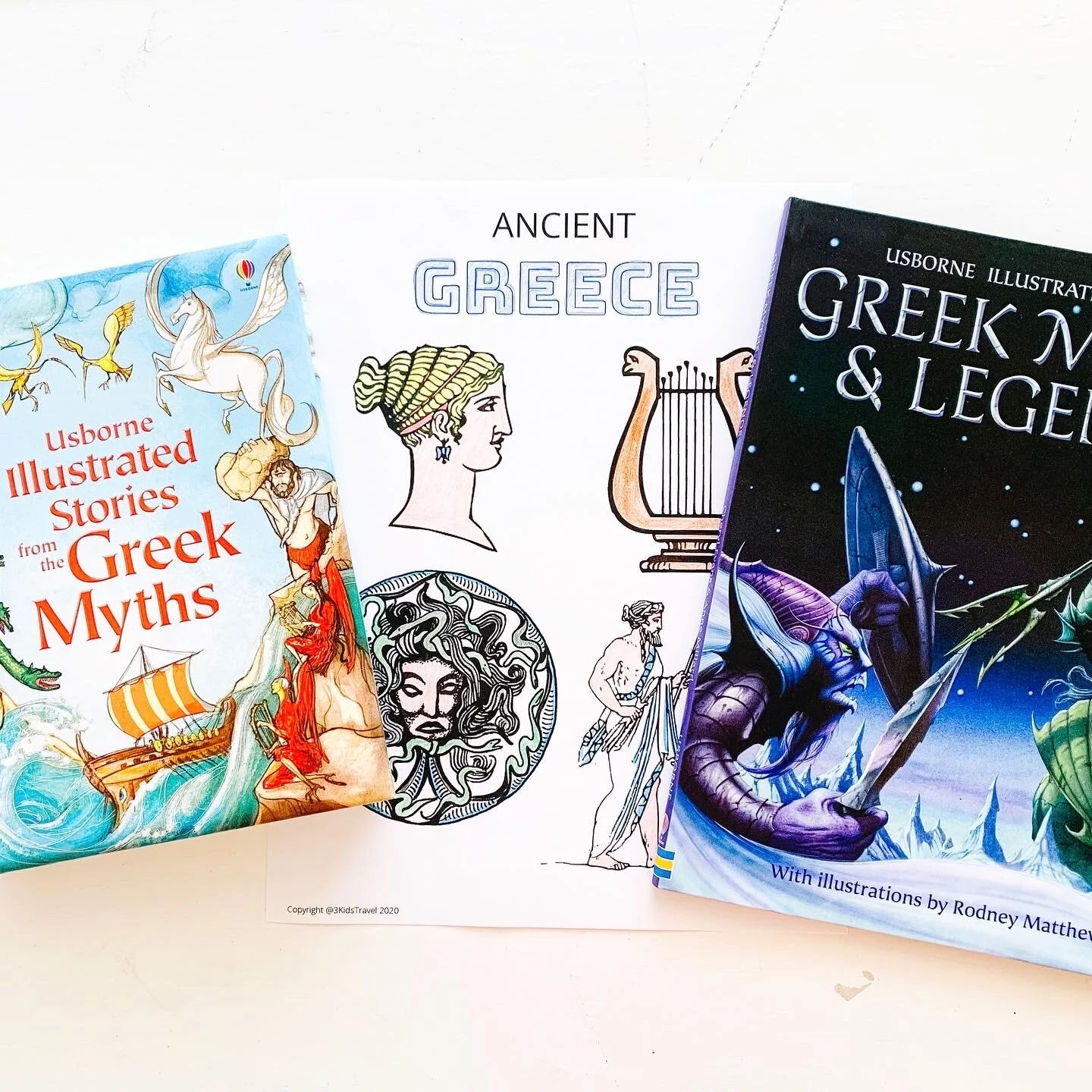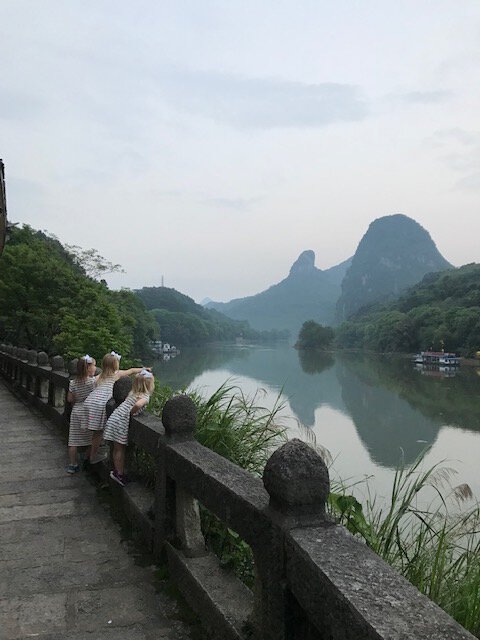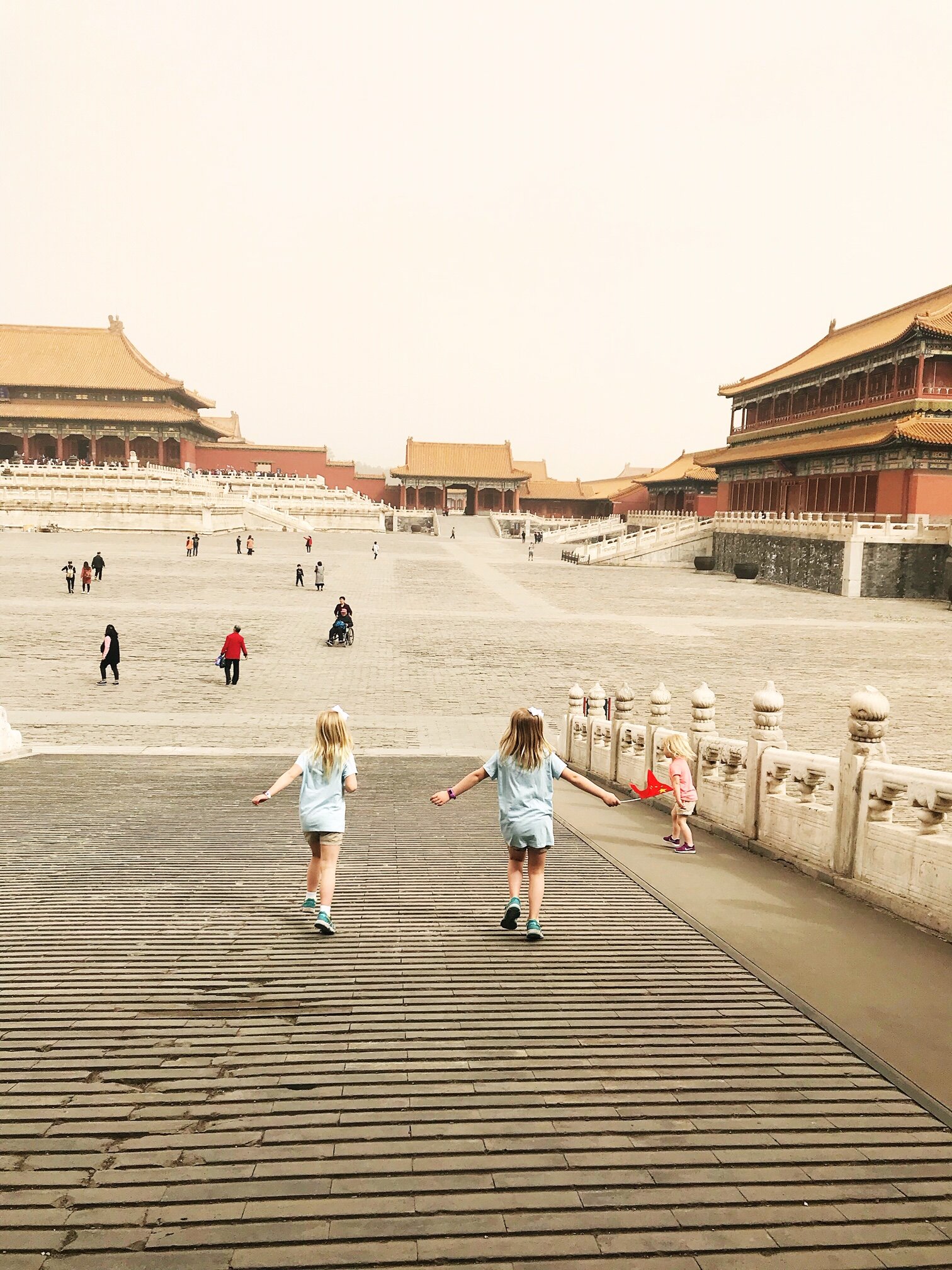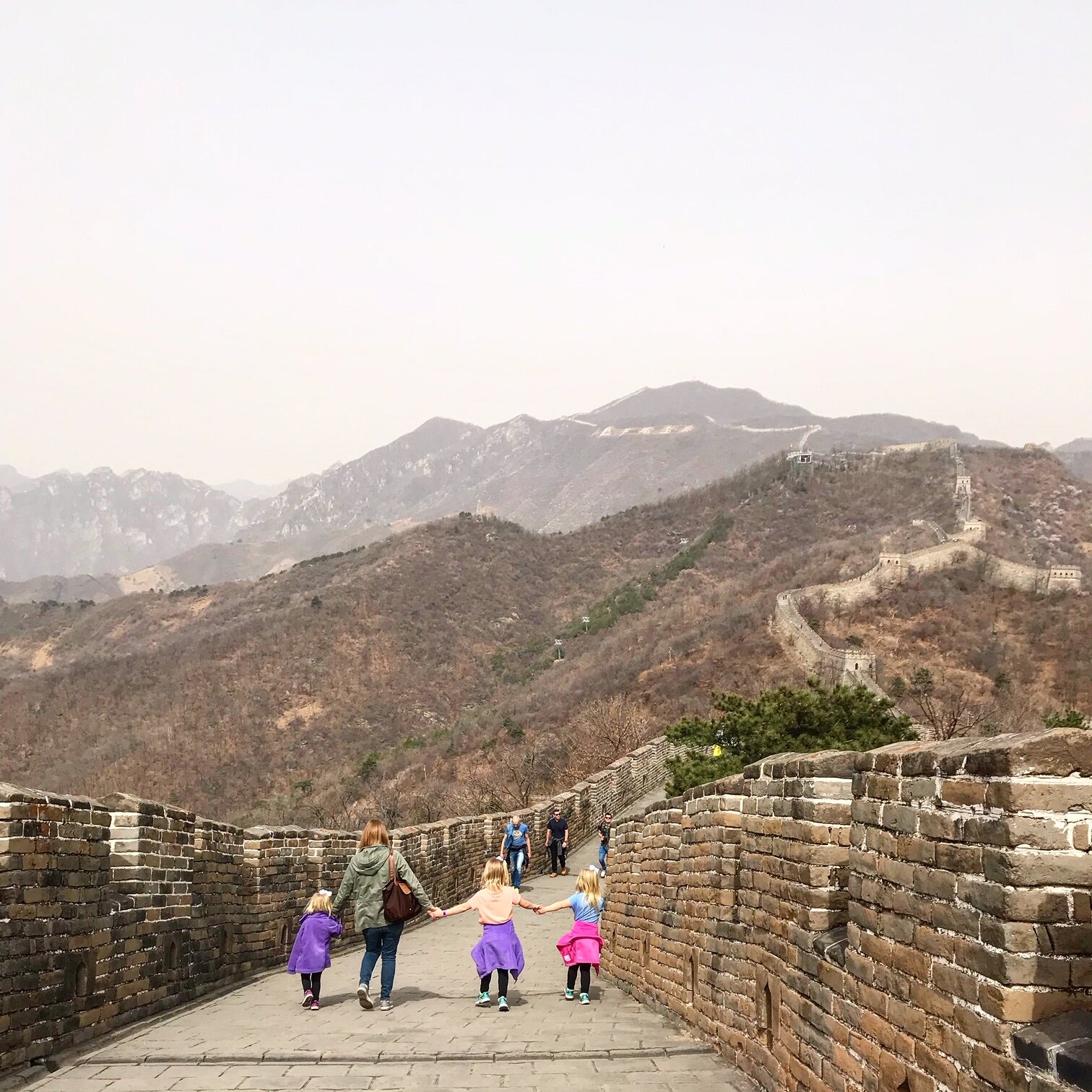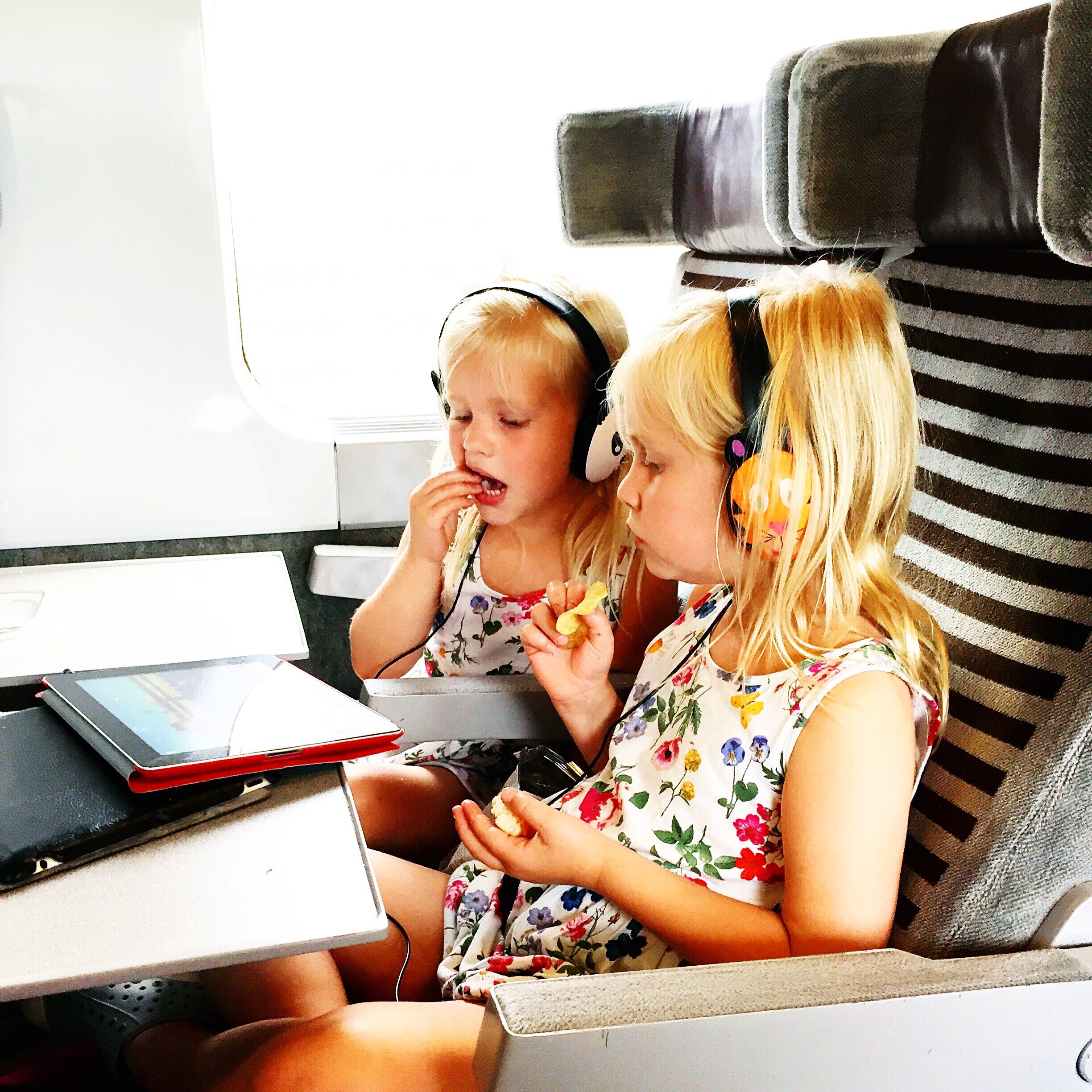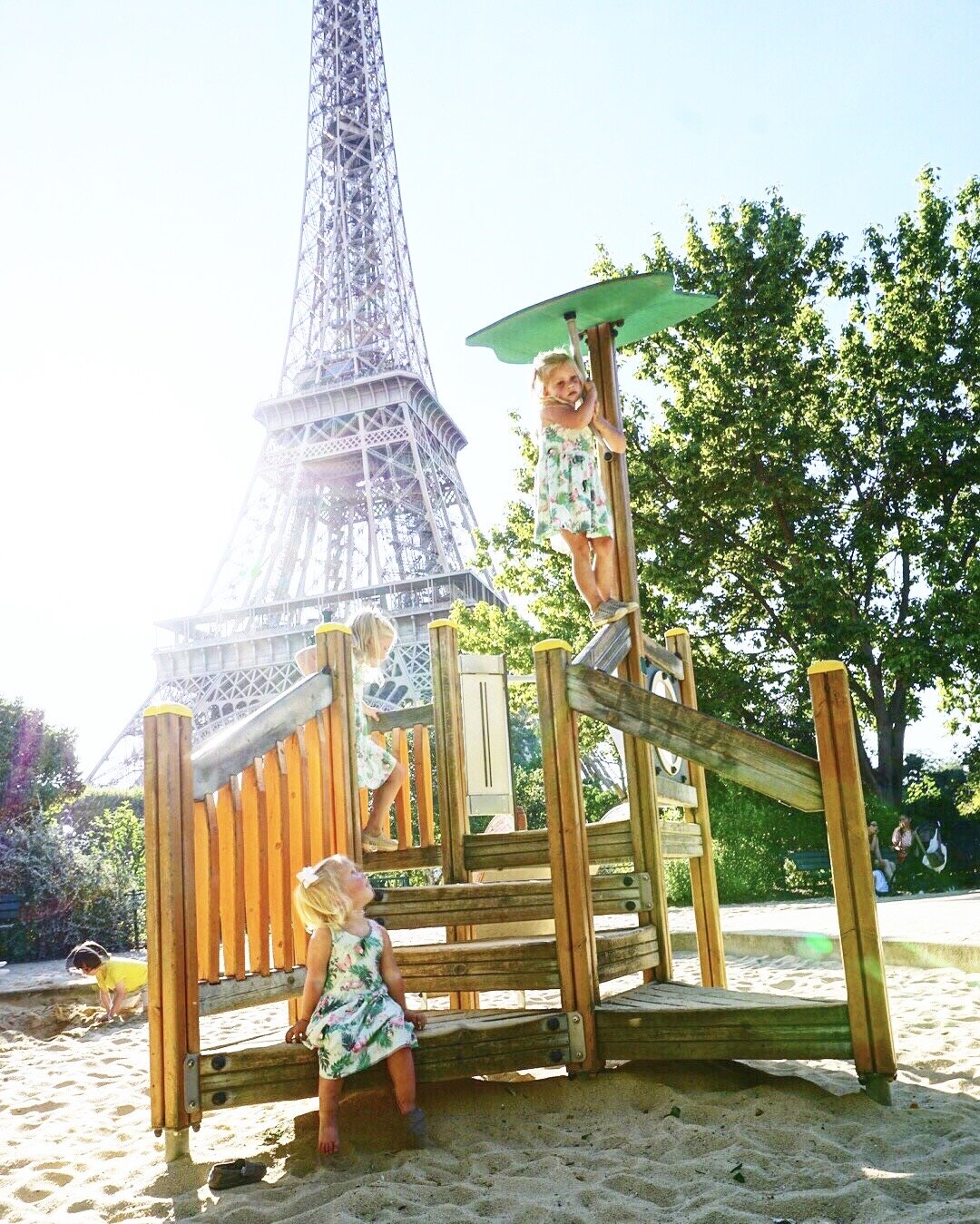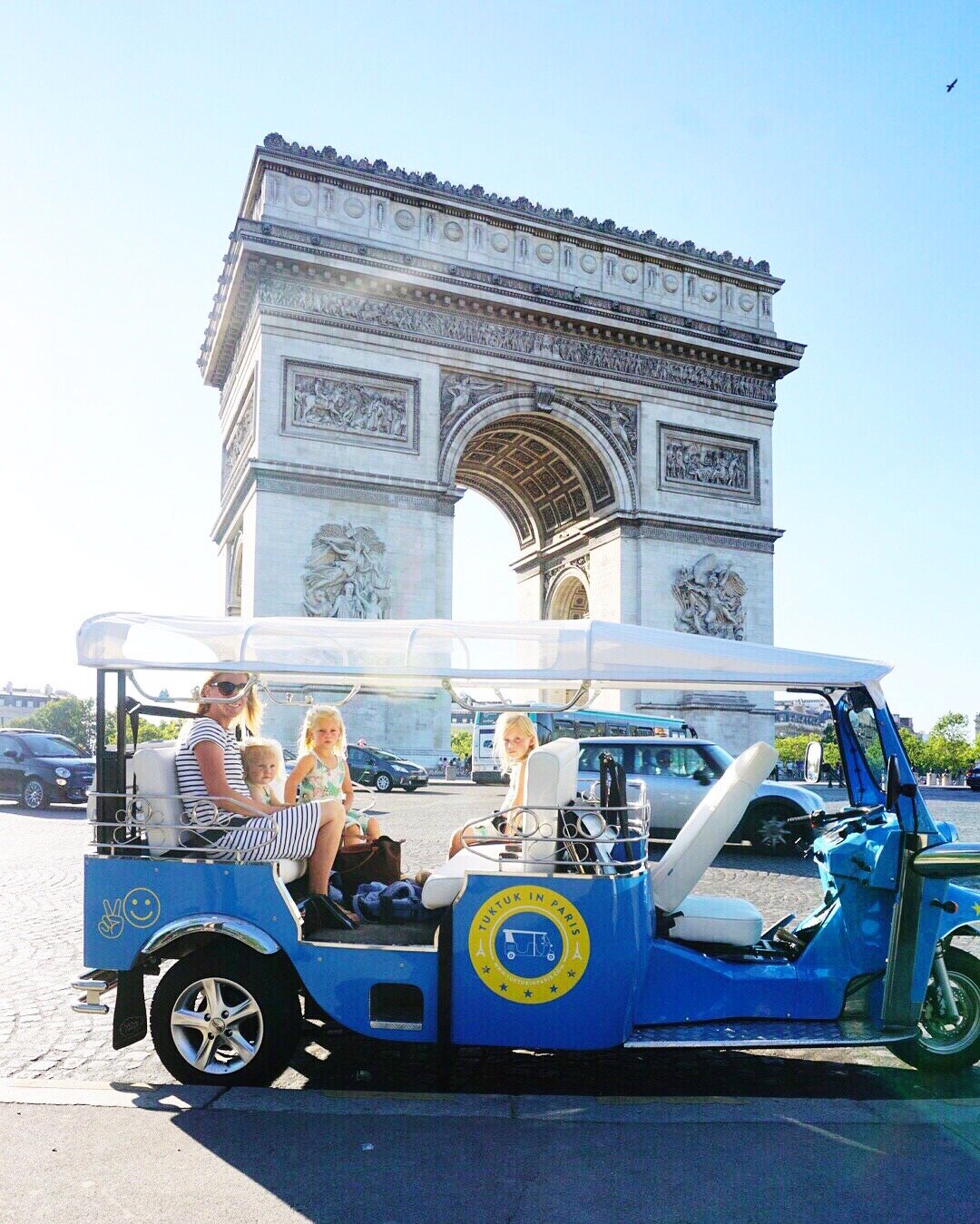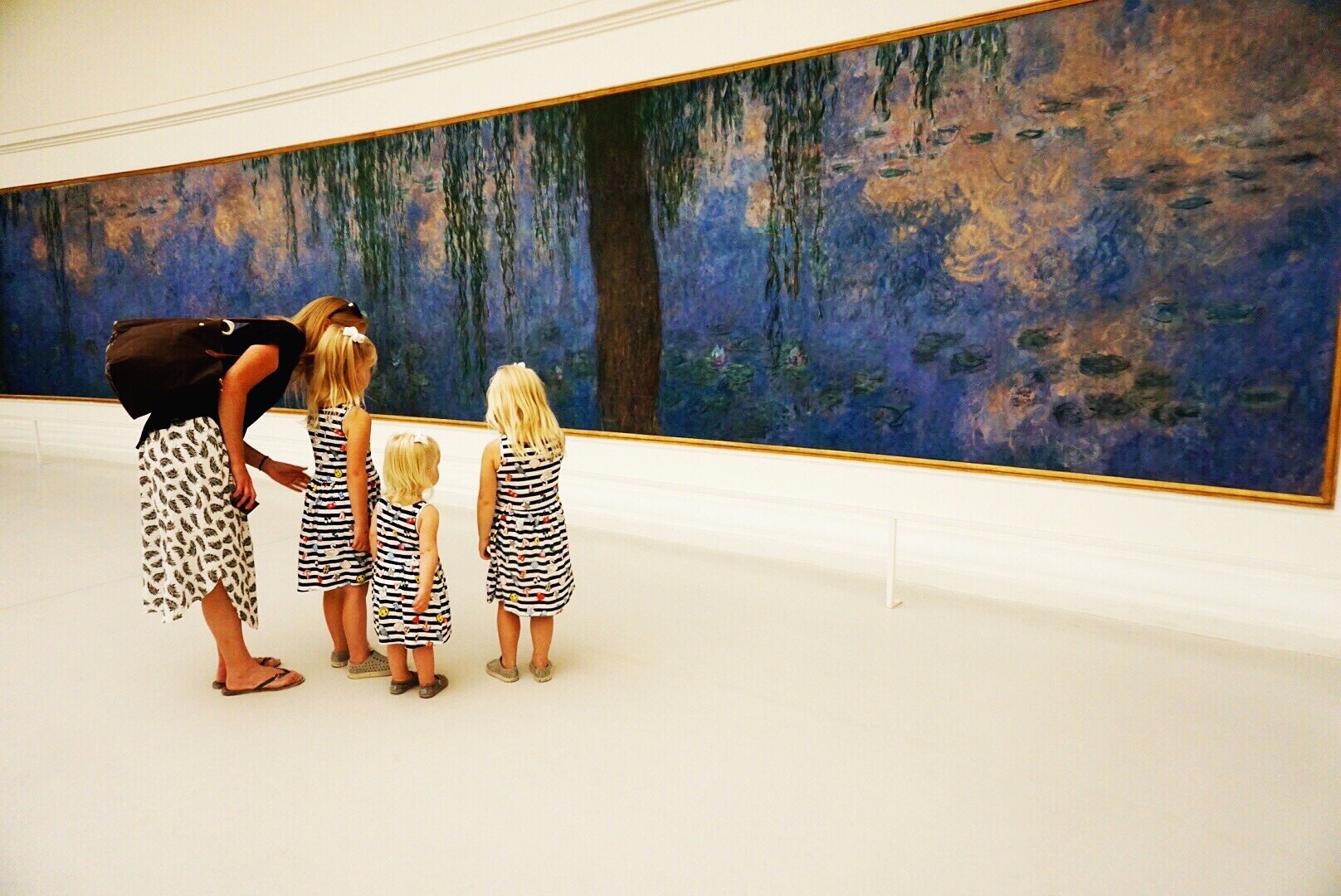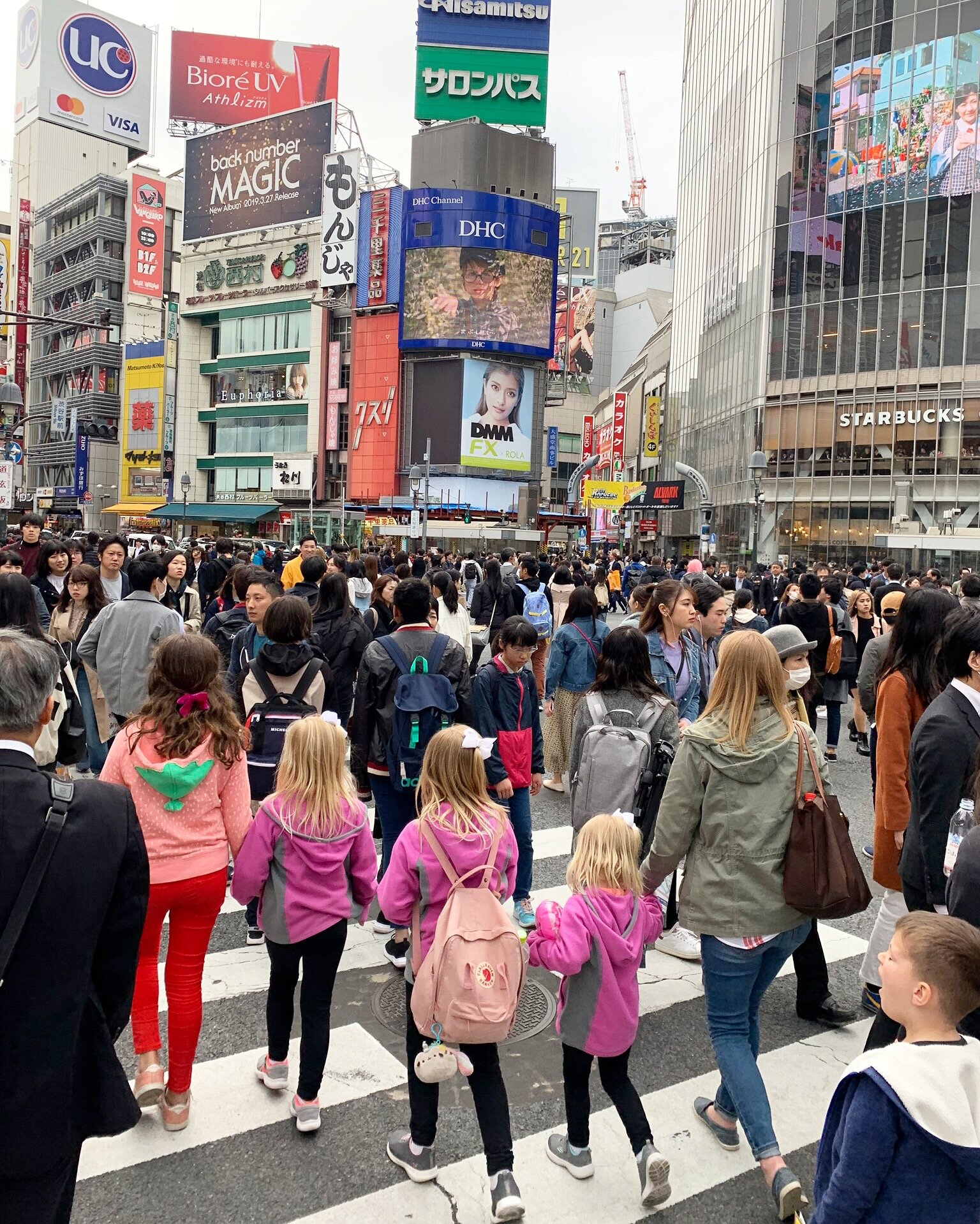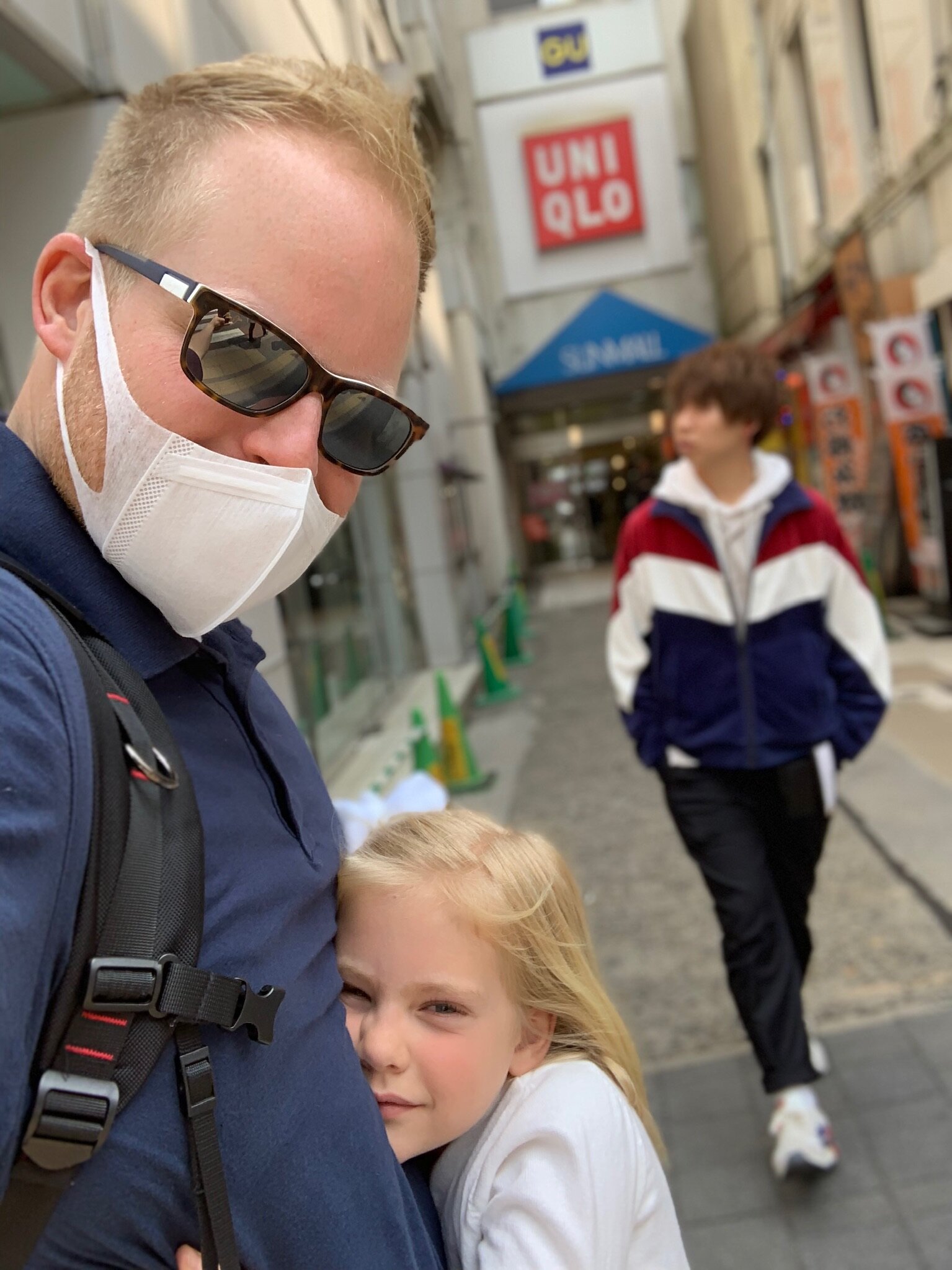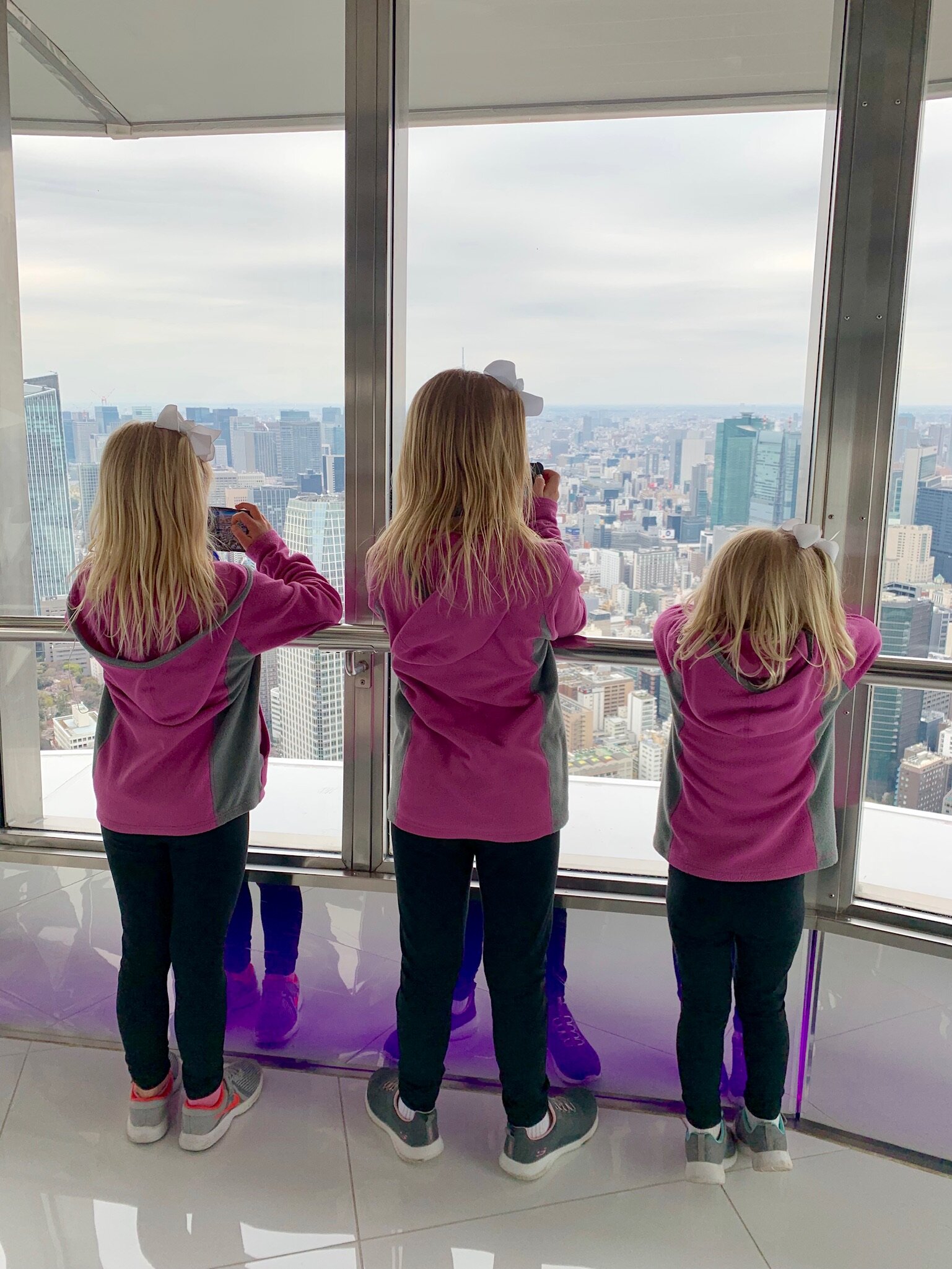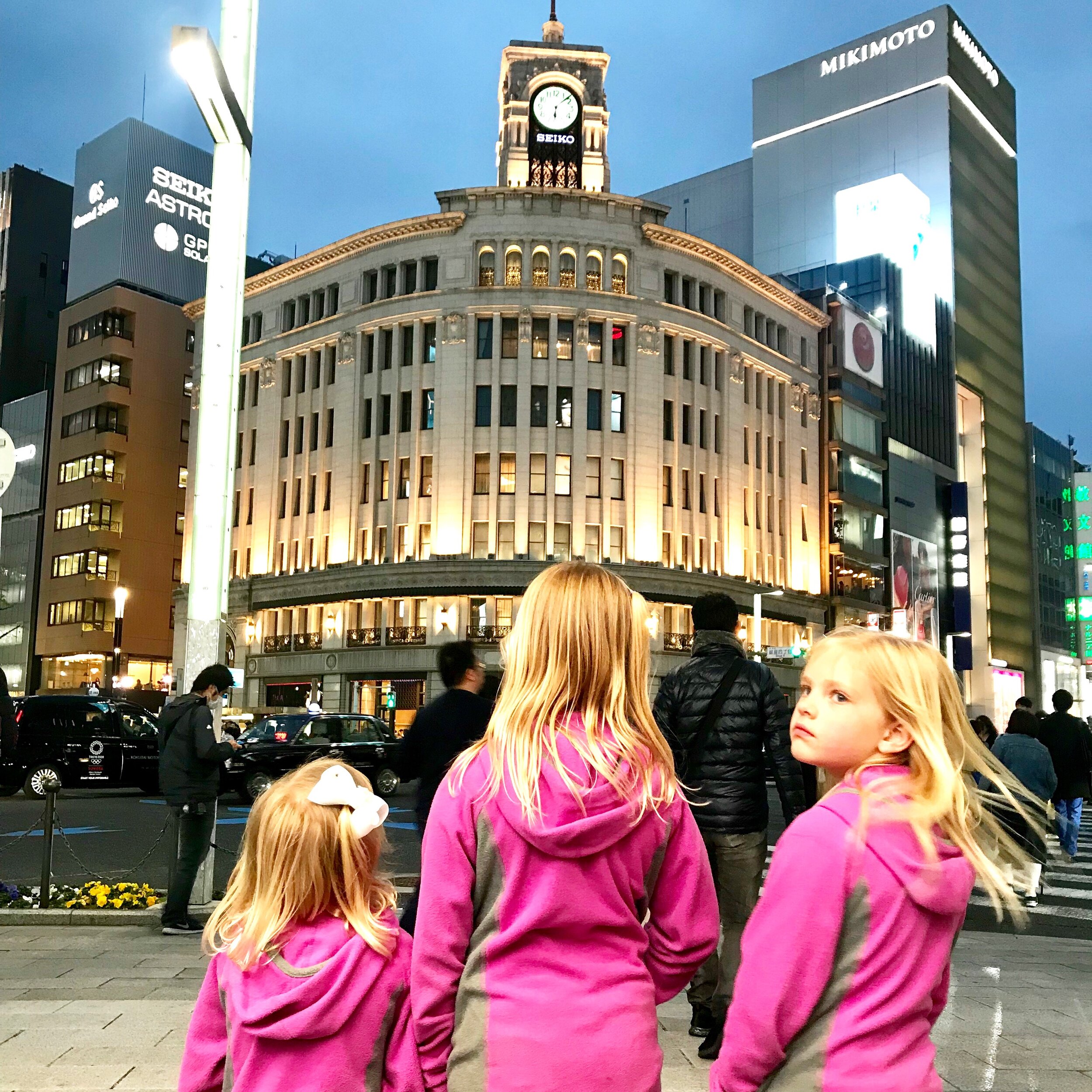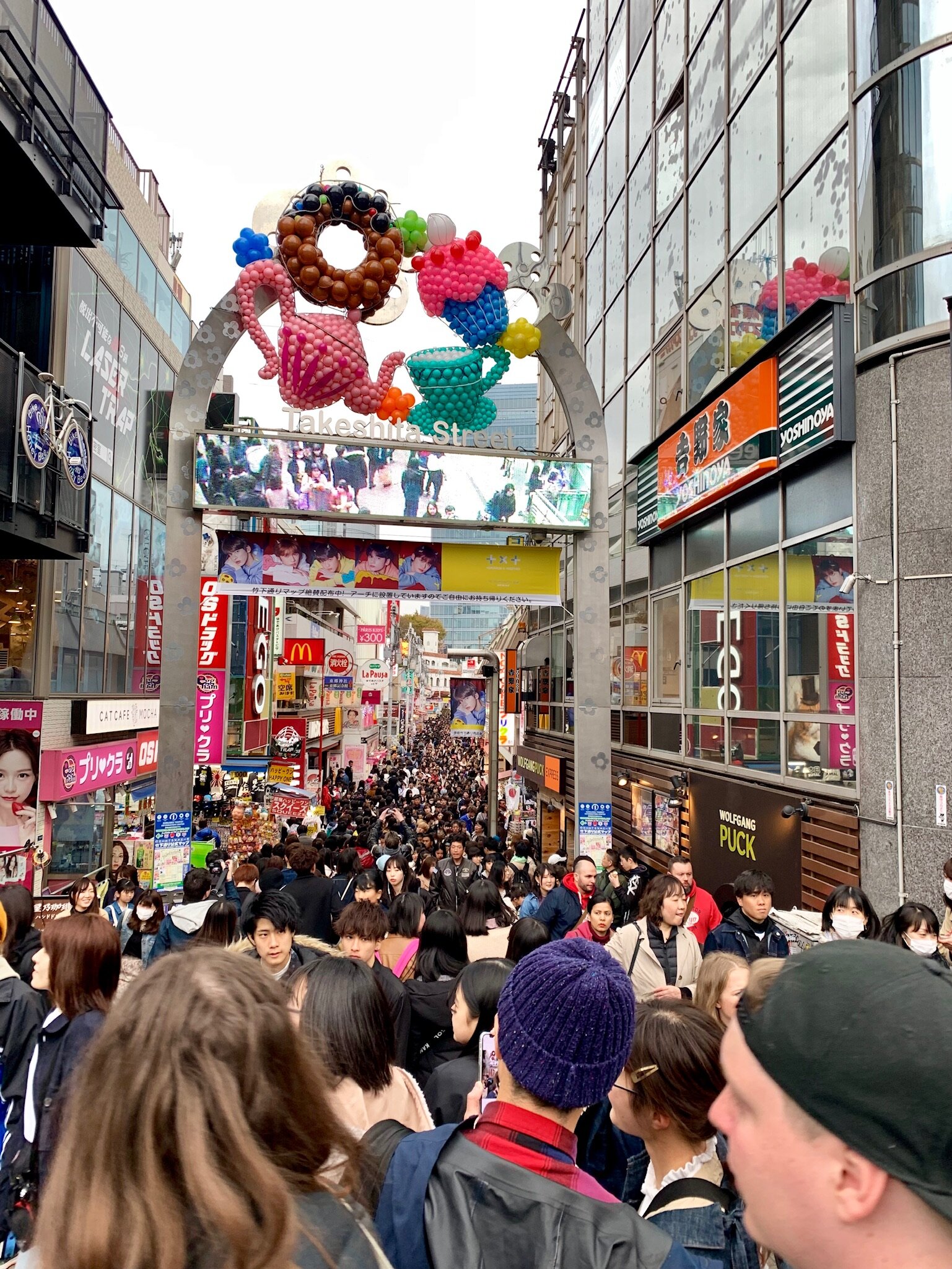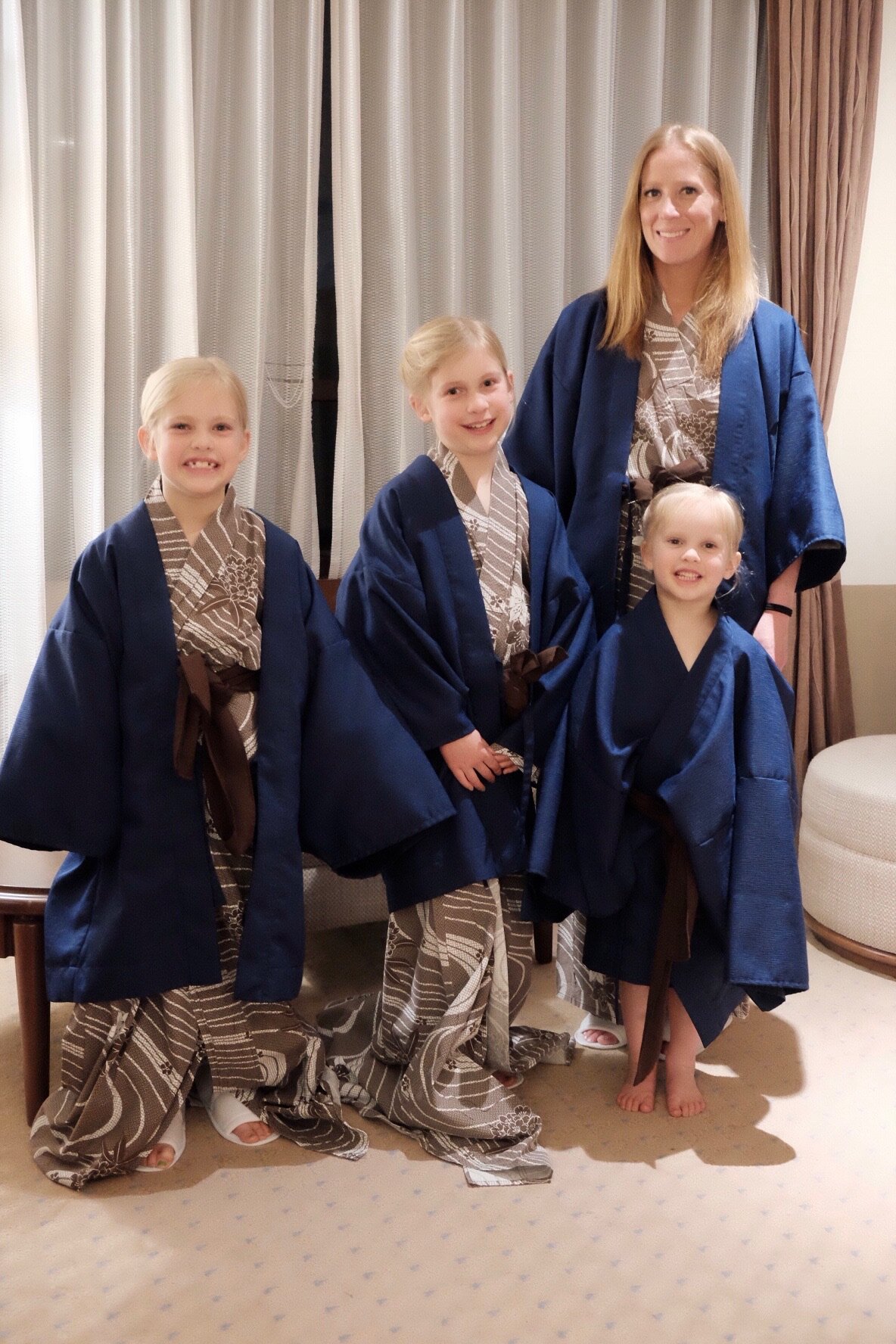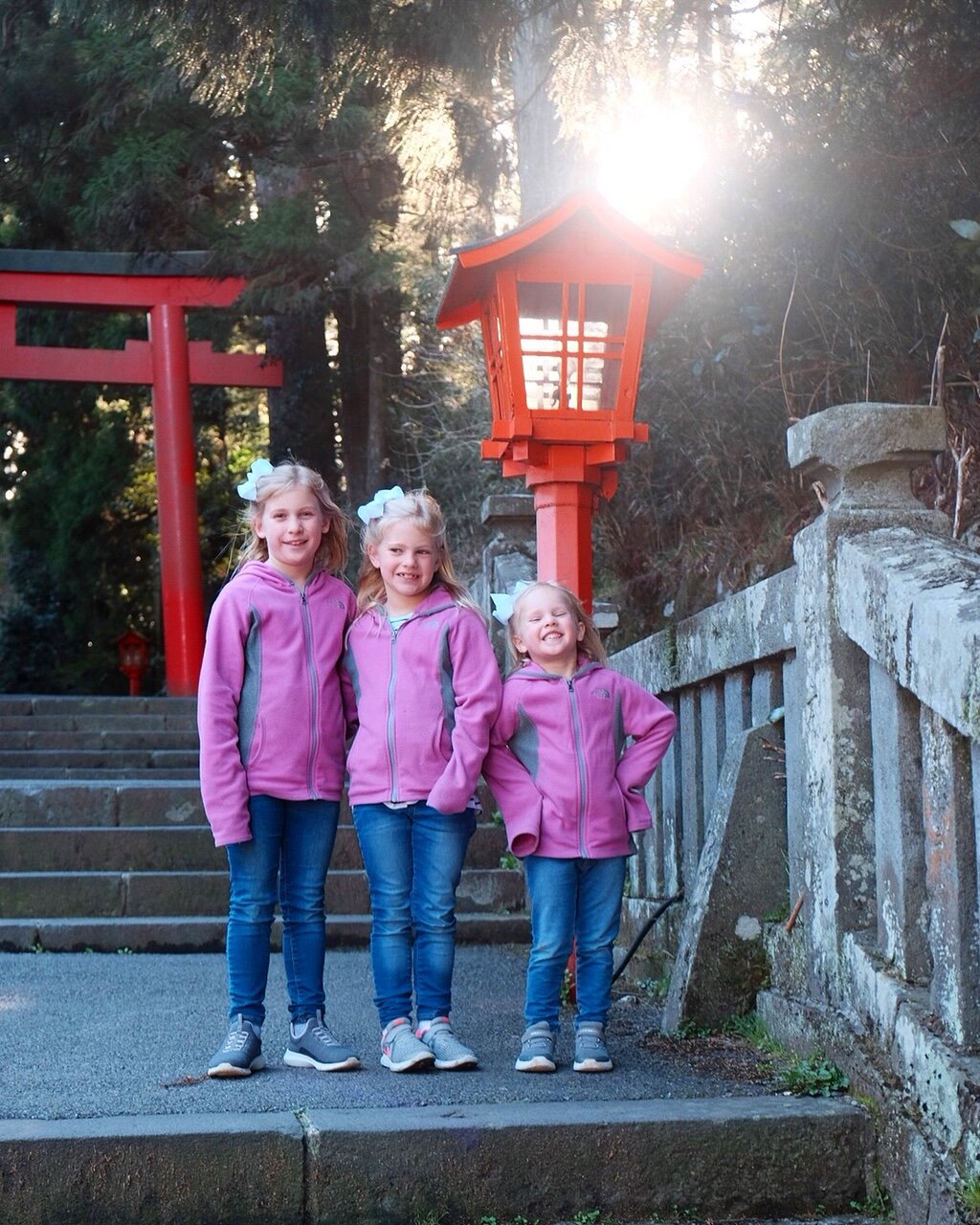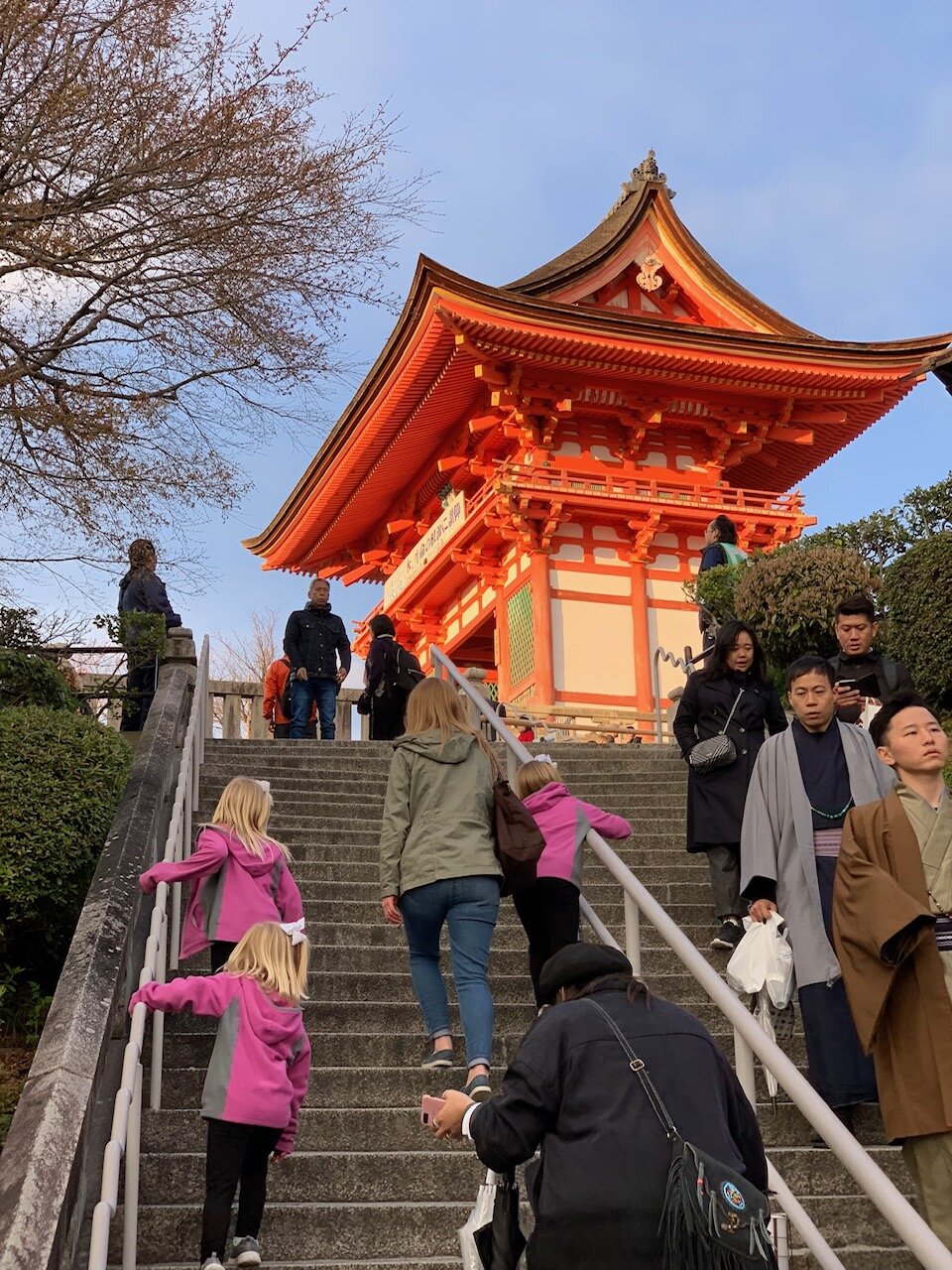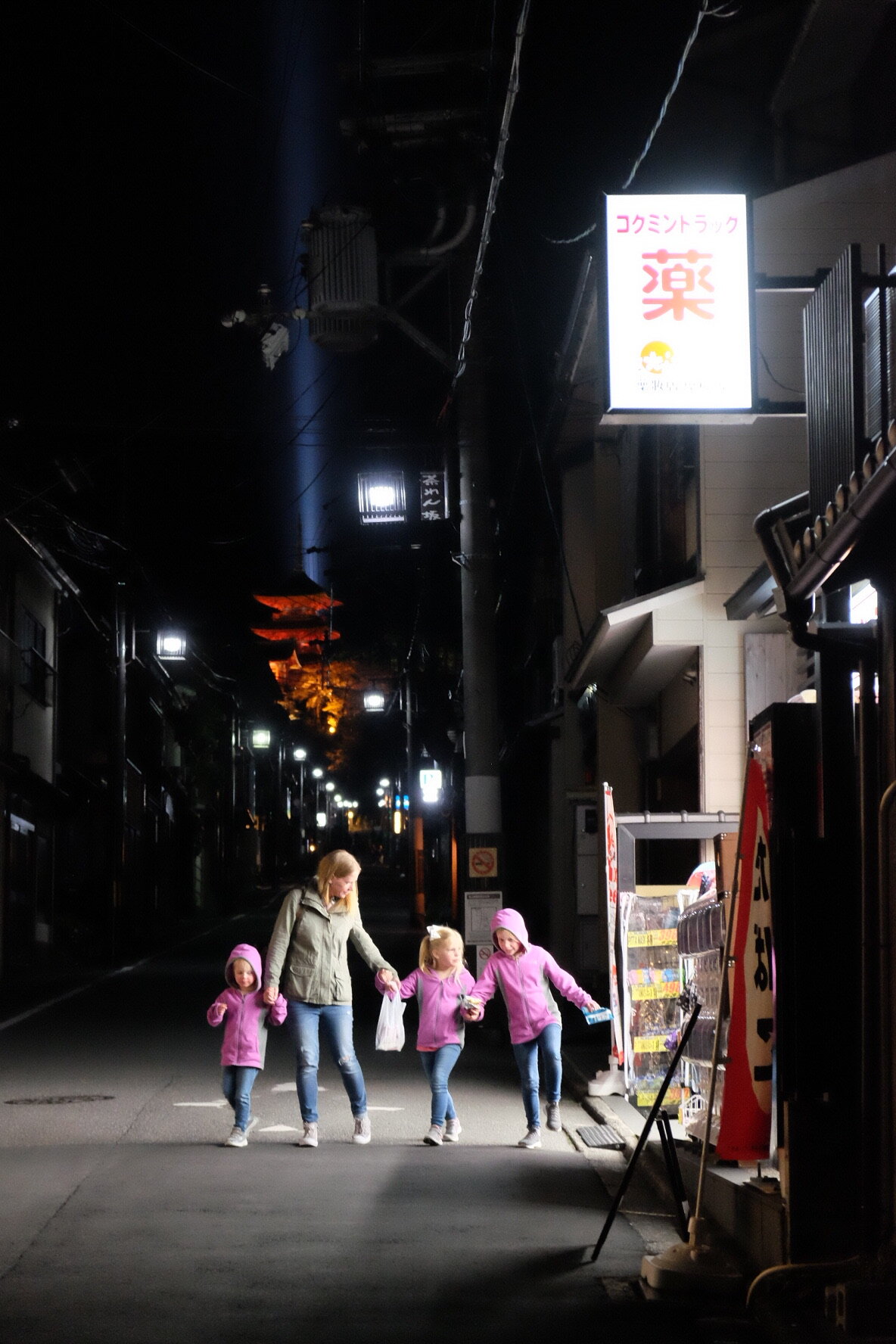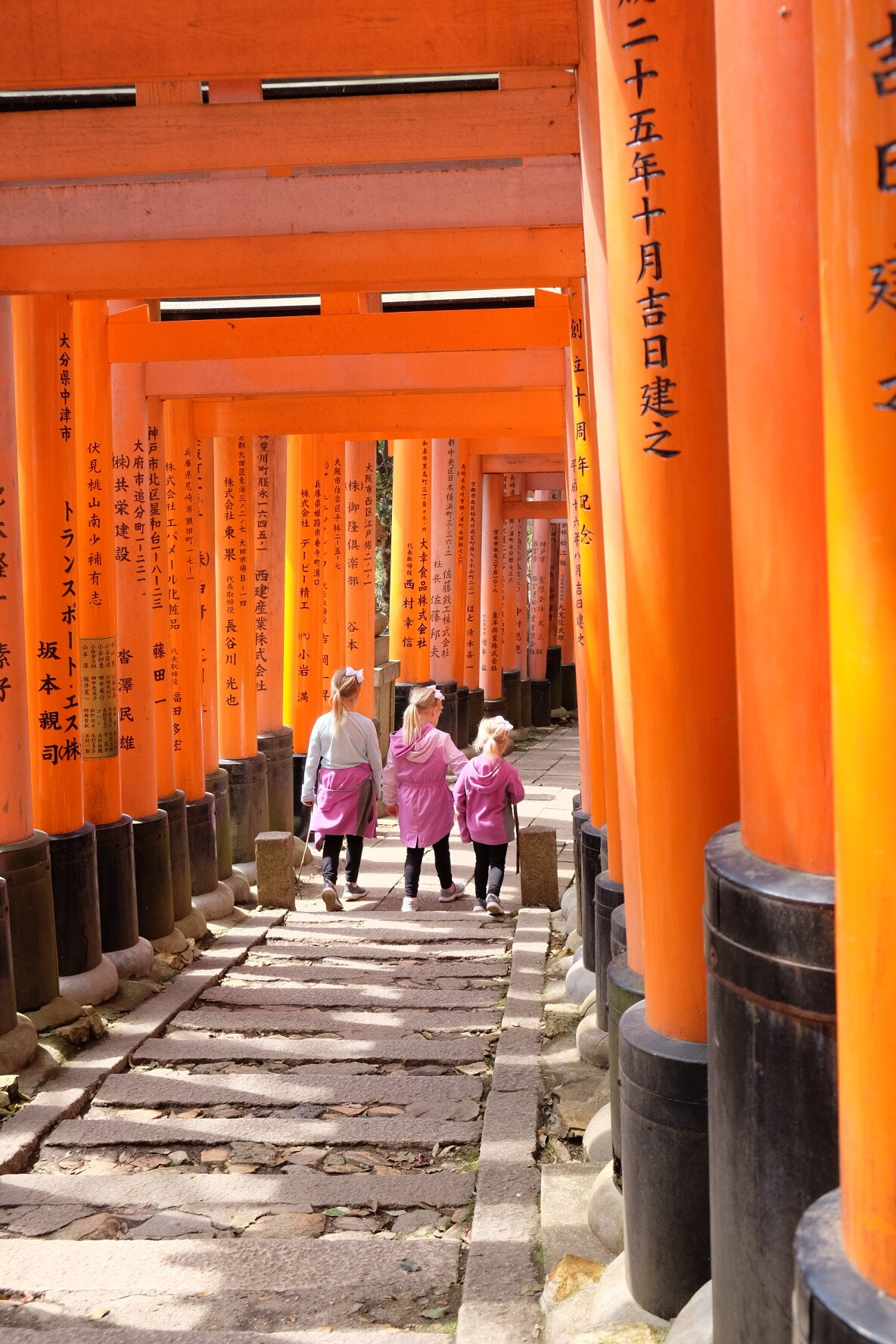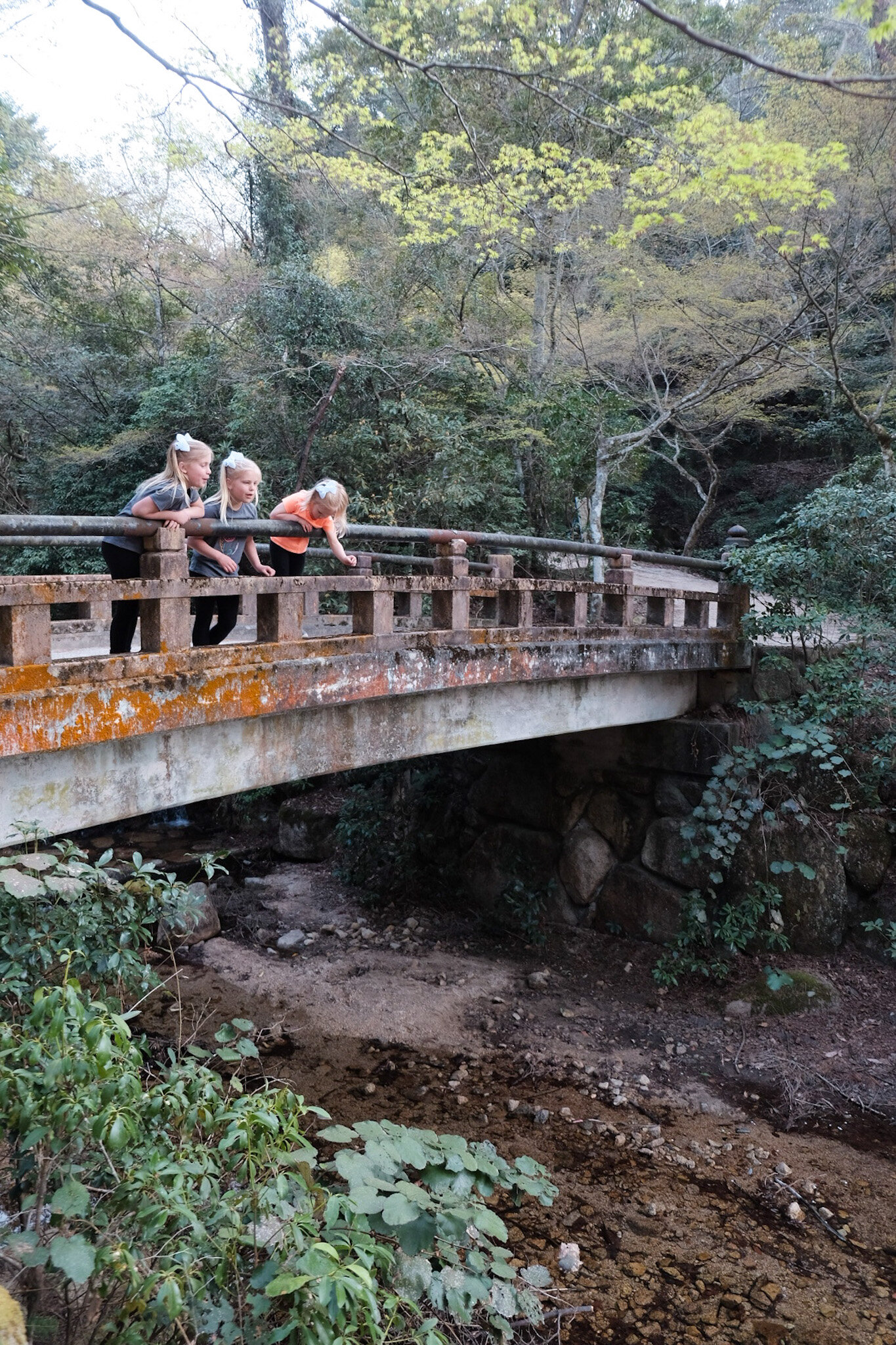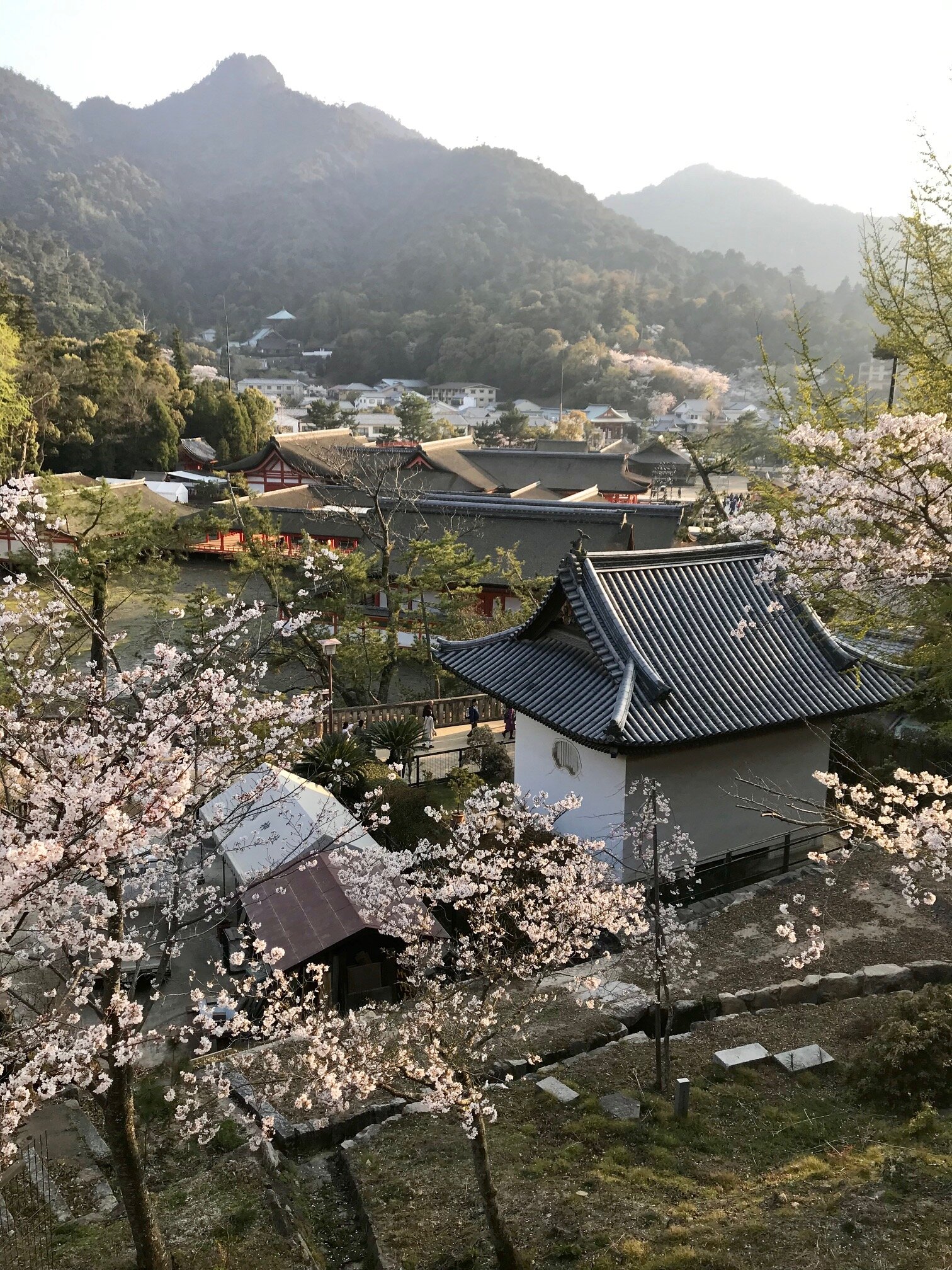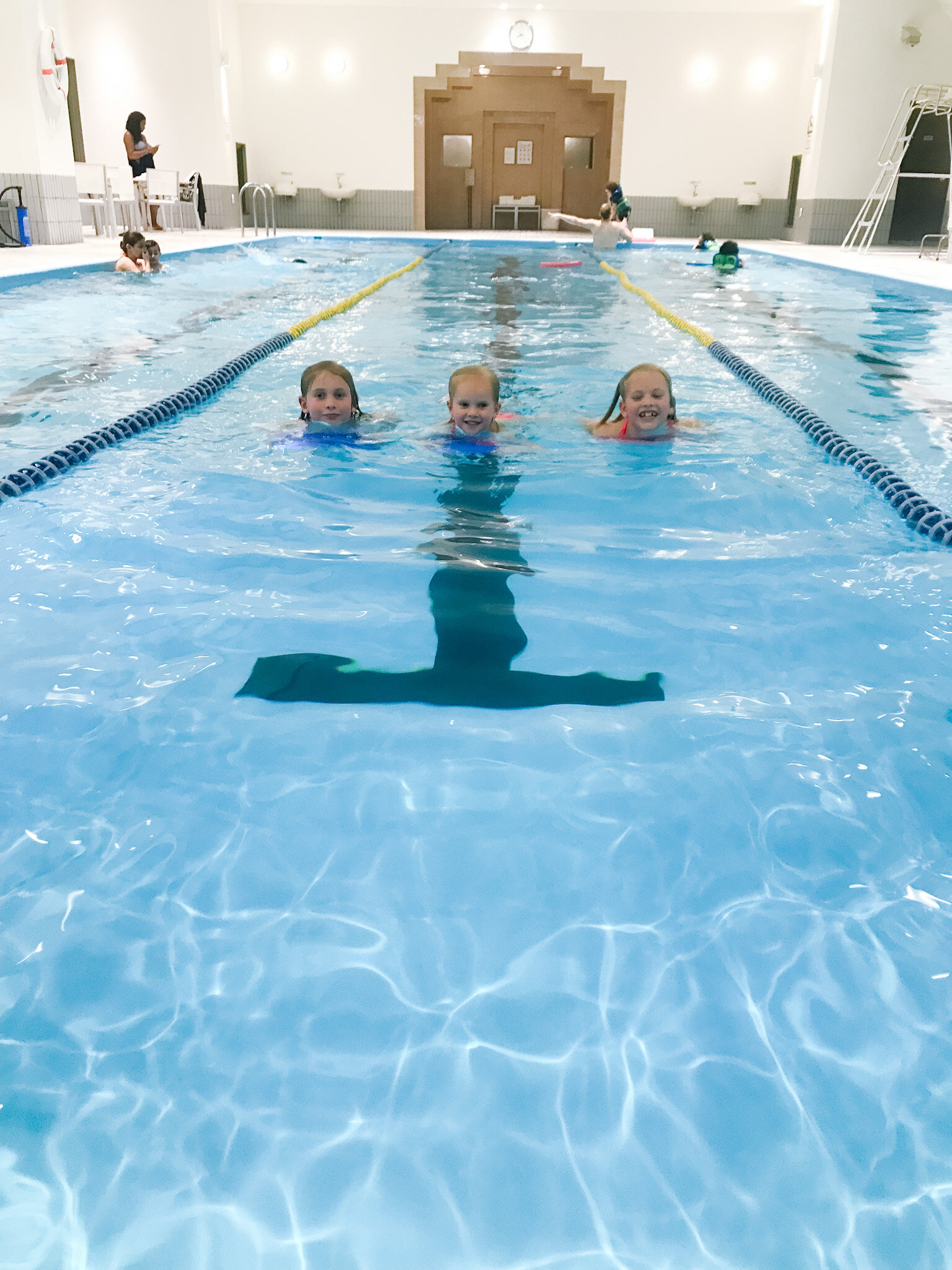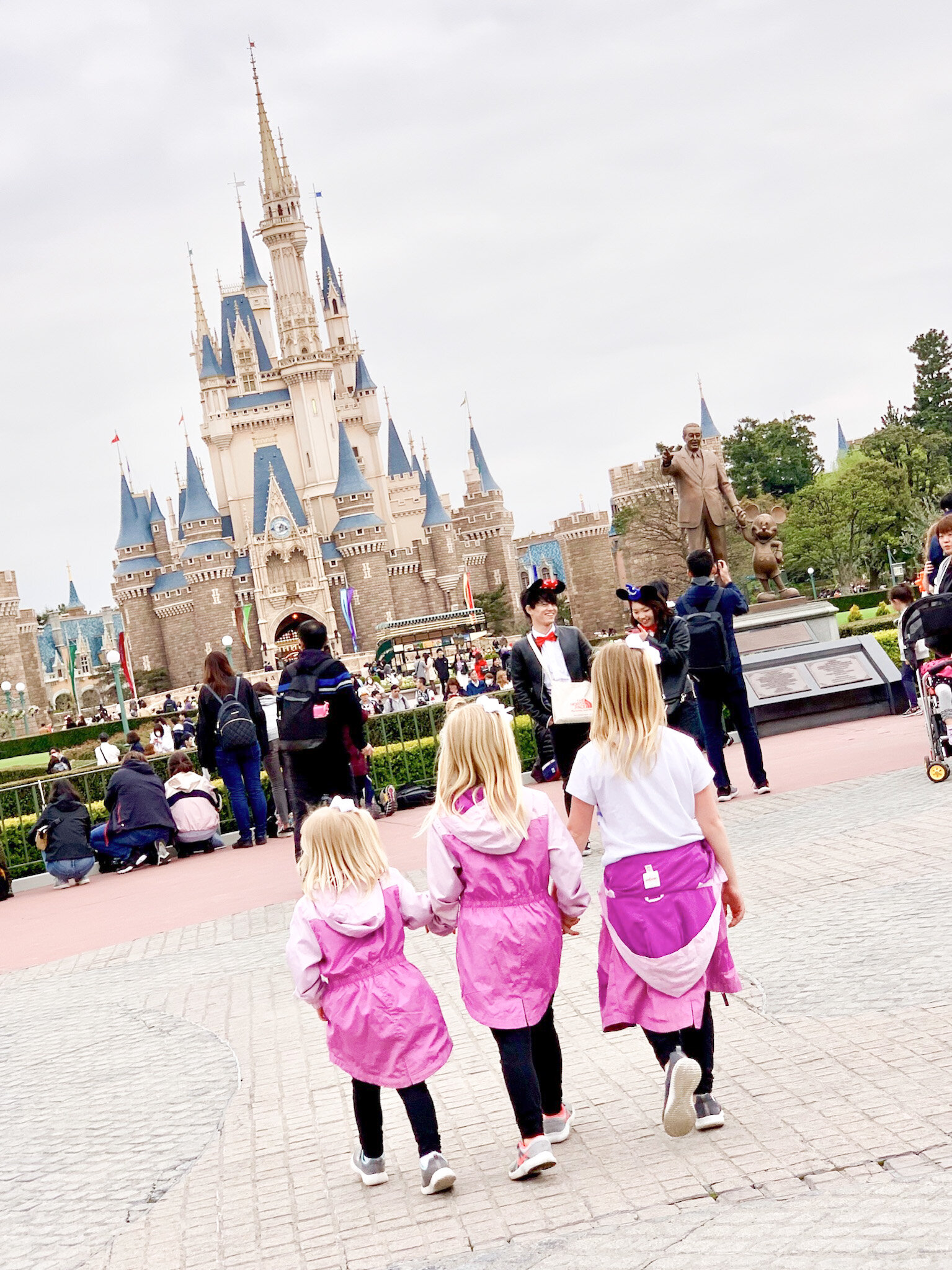One of my favorite things about social media is meeting other families that love to travel and adventure. I like to dig in and find out what works for them and what draws their family to want to be "on the go" so we started a little series here on the blog where we spotlight other families who love to travel. We hope you will enjoy the next installment of the "Travel Family Spotlight" series.
Cindy Greenstein is the face behind @thepointsmom_. She is a mom of three and an expert travel hacker. Cindy is a former lawyer and CPA and now runs a consulting company to help people learn how to use points/miles to travel. She is currently based in New York and you can learn more about her business and how she helps people learn to use points/miles at www.thepointsmom.com. We hope you'll enjoy our interview with The Points Mom!
Tell us about your family.
I have been married for 23 years (huh!) and have three young adult children. I have a 20 year old, Daniel, who goes to school at Cornell. He is a rising Junior. He is heading to study abroad in Copenhagen in the Spring semester of 2023 (yay!). I also have almost 19 year old twins. Boy/Girl. The girl, Jessie, is a rising sophomore at Cornell (with her big brother) and the boy, Mason, is a rising sophomore at USC in LA.
Where are you currently based? Has your family moved around at all? Where is your favorite place you’ve lived?
We are currently in Westchester NY. We only moved when the kids were babies from our apartment in NYC to our current home in Westchester. My favorite place I lived was definitely NYC and Rob and I will likely go back there at some point over the next 10 years now that we are empty nesters.
How often do you travel with your family? Is it primarily domestic or international travel? How would you categorize the type of traveler you are?
We travel about 3 times a year with my whole family, usually a trip at Christmas and a ski trip over the winter and a trip in the summer. Rob and I also travel a bunch by ourselves, definitely a trip in the fall when they go to school and usually a spring trip too. We travel internationally a bunch, probably more than domestic as a family. I would categorize us all as eager and easy travelers!
Tell us how you got started travel hacking with points/miles and one piece of advice you might give someone who is just getting started traveling with their family and wants to learn how to travel hack?
I was an accountant back in 1990-1993 (I'm old). I traveled about 20 weeks a year as an auditor, often going to remote places in Michigan that required 2 flights. I started earning lots of frequent flier miles by flying all those segments and hotel points on all my stays. My first major redemption were first class flights on Delta from NY to Honolulu for my honeymoon in 1998 from all of the points/miles I had accumulated over the years. Once the credit cards got on board with the banks issuing cards where you could earn rewards, I was all over that and now have about 25 cards (yup).
The advice I would give, is AS LONG AS U CAN PAY YOUR BILLS ON TIME AND IN FULL, don’t be shy about applying for cards and scoring big sign-up bonuses. It is not true that the more cards you have, the worse your credit score. In the long term, it is actually opposite and the more cards you have (so the more credit you have available) will actually help your score. When you apply for a card, your score may take a little ding, but as long as you demonstrate good behavior, your score will come back even stronger.
Why do you like to travel with your family? Did you travel with your own family when you were growing up?
I like traveling with my family because we all enjoy a mix of everything. We like adventure and love to walk everywhere (my husband complains sometimes :-) ). We all like trying different foods and restaurants and learning about the destination that we are in. We are also all pretty good sleepers, no one is tired on the trip because we are all pretty comfortable sleeping in various hotels. I only really went on driving vacations with my family growing up. We once went to see my uncle in Tucson and tacked on California, but that is the only big trip I remember.
What's a memorable travel experience you've had with your family?
One October in Philly, we went to Terror Behind The Walls at the Eastern State Penitentiary. This is a Halloween gigantic haunted attraction where you walk through various sections of the prison. During your tour, people are jumping out at you and even come so close to you that they whisper in your ear. They are only allowed to touch you (AND TAKE YOU!) if you are wearing a glow necklace. We opted for NO NECKLACE! But this was still such a great bonding experience for my family. Each time we were startled, we followed it up with a bout of hysterical laughter together. The actors singled out my daughter, Jessie, as she was the easiest to scare and they sensed that!
What are the easiest and hardest parts about traveling at the stage you are in?
The easiest is having older kids who now have very little issues traveling, so no more meltdowns, whining, fights (ok, still some fights). And the hardest part is the same, having older kids who have their own lives and schedules so it is much harder to nail down time to travel as a family.
What are your favorite travel resources for travel hacking (besides your IG)?
I get a ton of newsletters each day from various travel hacker bloggers. I also read all of the emails that I get from all of the loyalty programs. I actually also have my own website, thepointsmom.com. Although, as I get busier, I am finding it harder to keep it updated with all the latest offers and changes related to travel hacking.
What are three items you never leave home without?
Magnesium (to help me go, I have trouble when I travel, especially when I fly :-) ), my ear buds (I am often up way past Rob and watch tv using my ear buds), a pair of slippers ( I am up always up really early and headed to the lobby for coffee, it is so nice not having to put on a pair of real shoes for my coffee run).
What's your next travel adventure? What are you looking forward to doing on that trip?
Rob and I are headed to Greece in September. We are spending 1/2 the time in Crete and 1/2 the time in Santorini. I am most looking forward to doing the 10 mile hike of the Samaria Gorge in Crete (although I can’t say the same for Rob).
What advice do you wish someone had given you when you first started traveling with your family? (i.e. Any tips from an experienced travel mom you would give them).
Take more videos!! I have tons and tons of pictures from all of our trips but no videos. Now that I am starting to take more for IG, I realize how much I missed over the years in all my kids’ stages by not taking video!
Anything else you think we should know about you or your family?
All of my kids have their own credit cards too. It is a good idea for them once they turn 18 to apply for their own cards so that they can start building their credit history and score. Before they were 18, they were also additional cardholders on some of mine and Rob’s cards which helps them too. My 20 year old has 3 cards and he is basically set up for the rest of his life if he wants to stop there. :-)
They all got the travel bug from me. I am excited for all of them to go abroad over the next 2 years, travel about, and have us visit them!
Don’t forget to follow Cindy on Instagram at @thepointsmom_ and on her website thepointsmom.com



